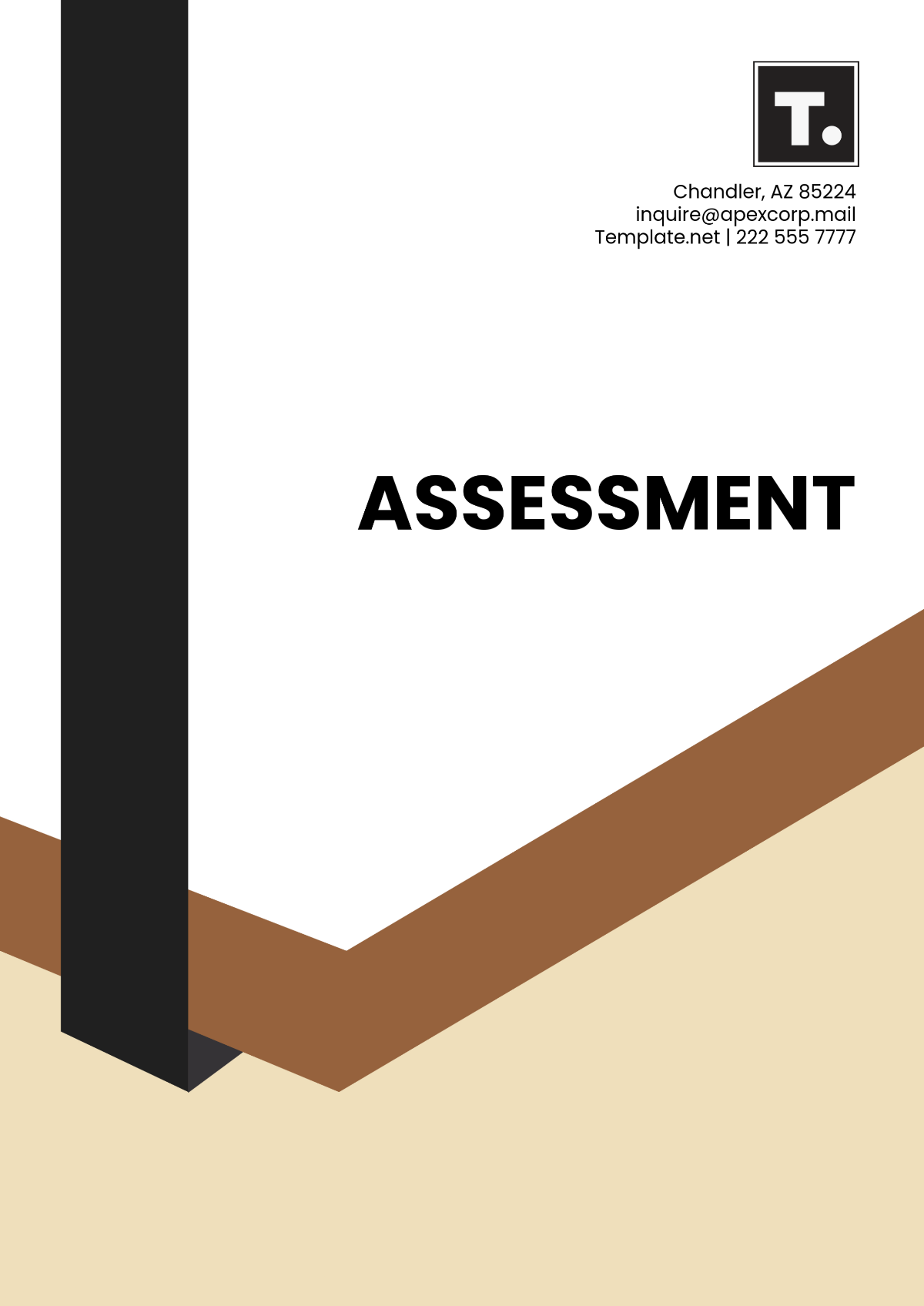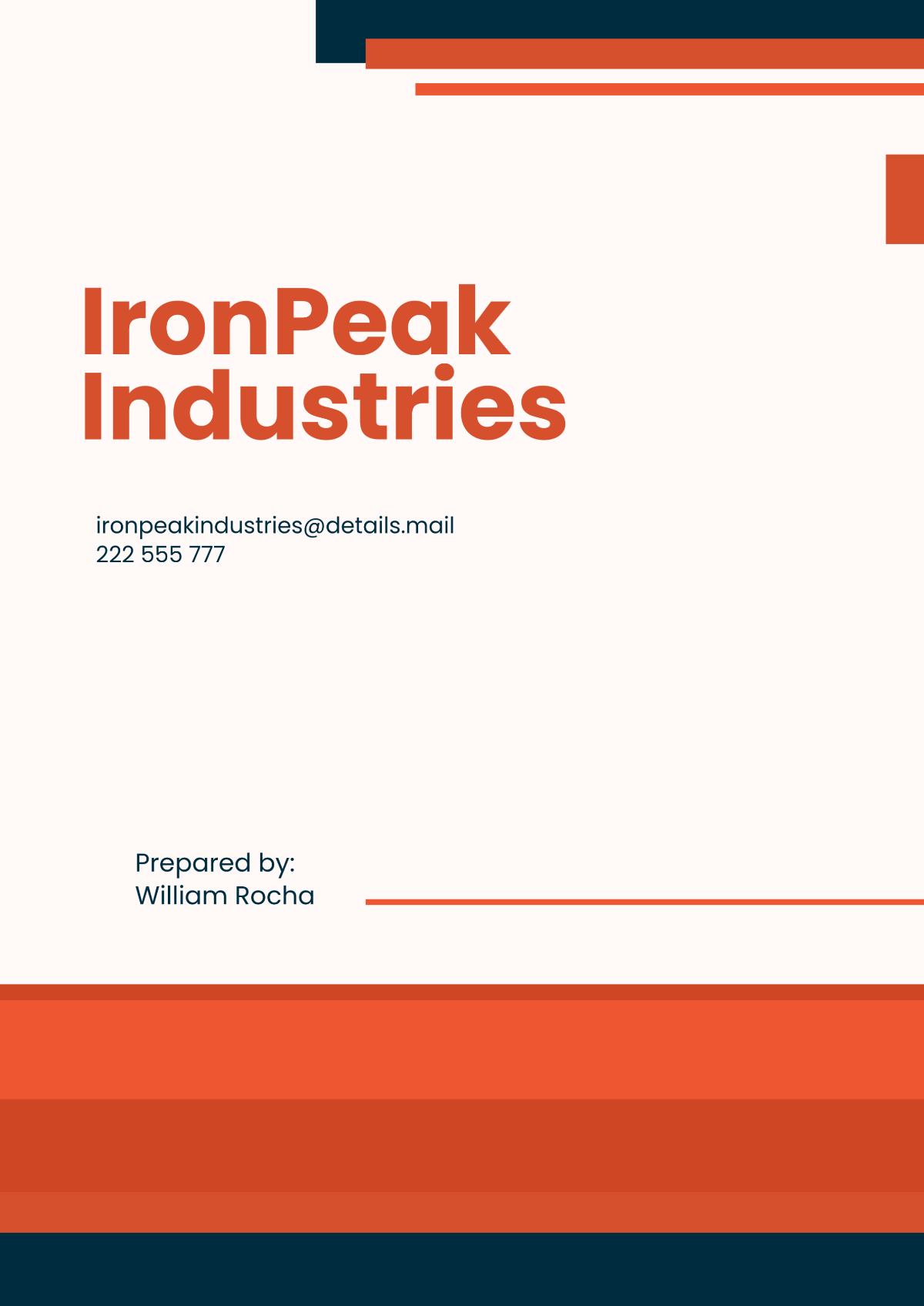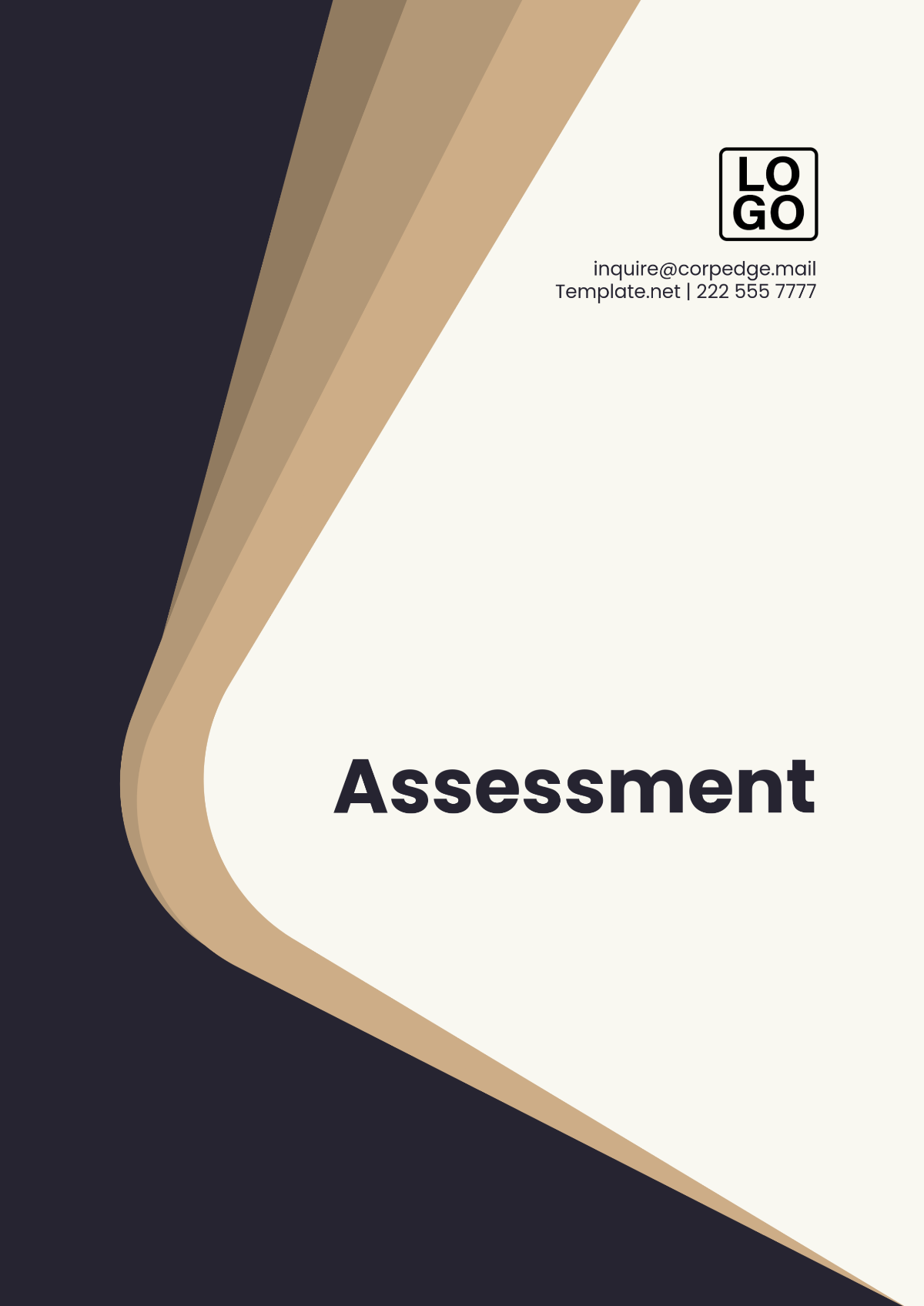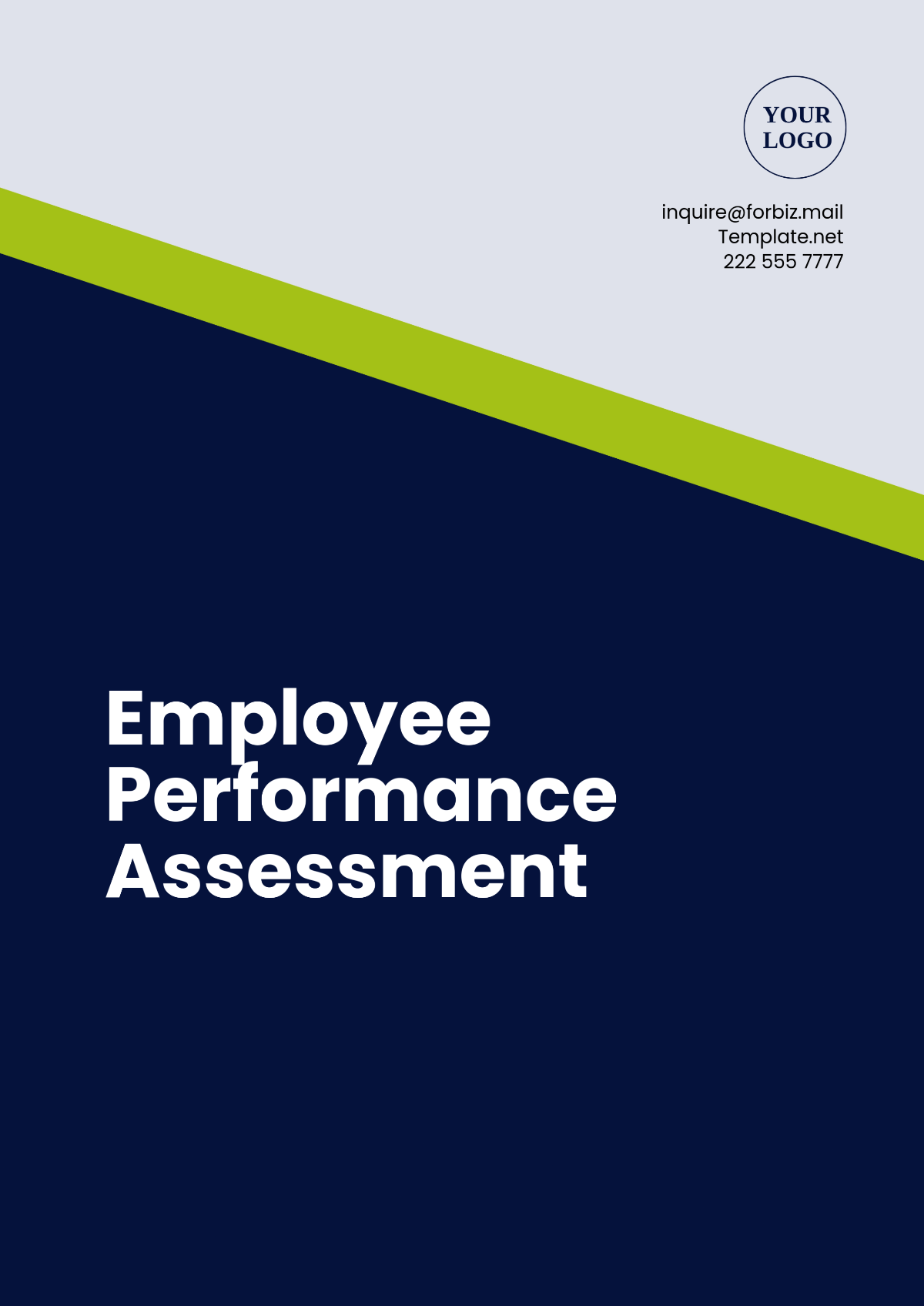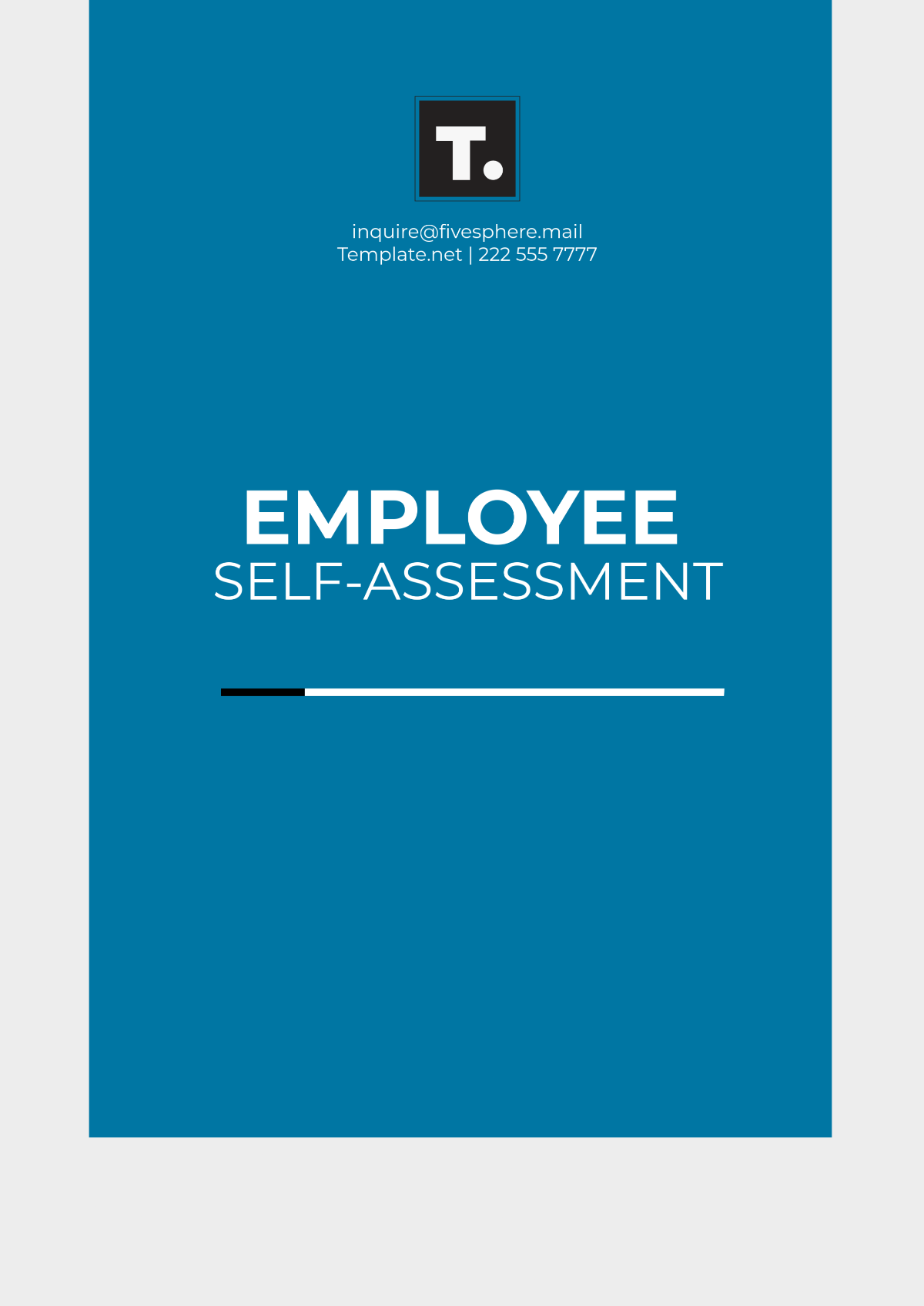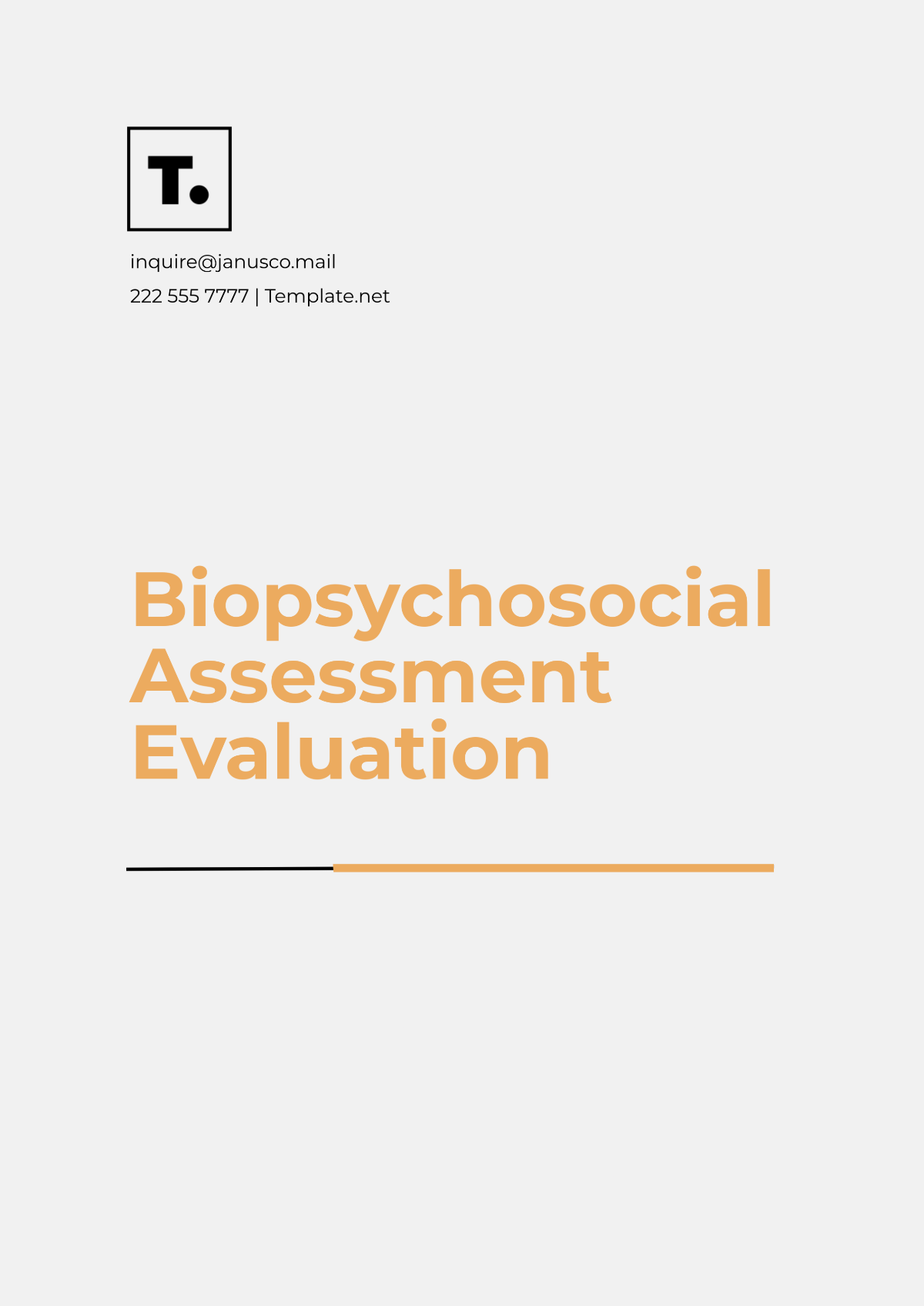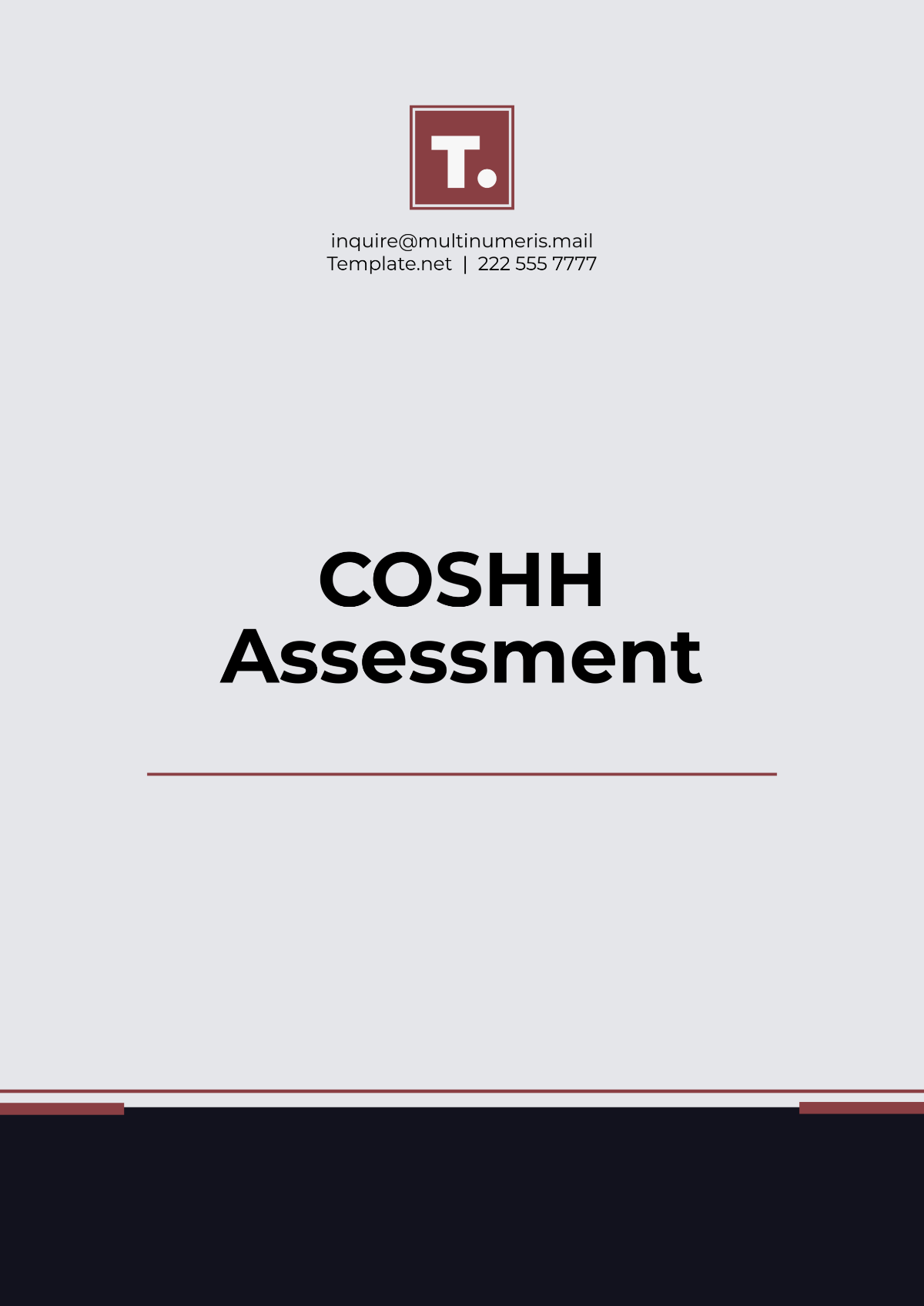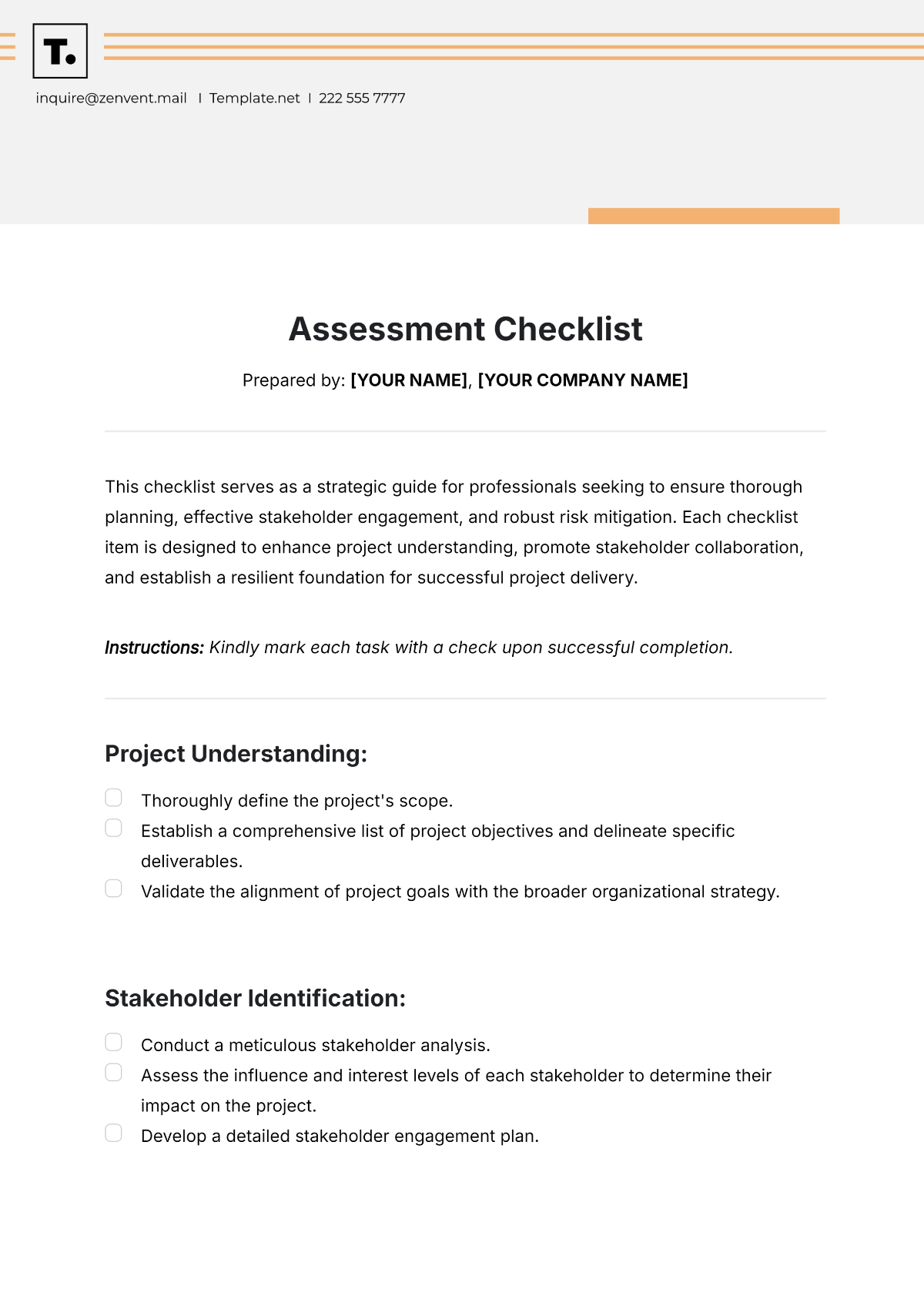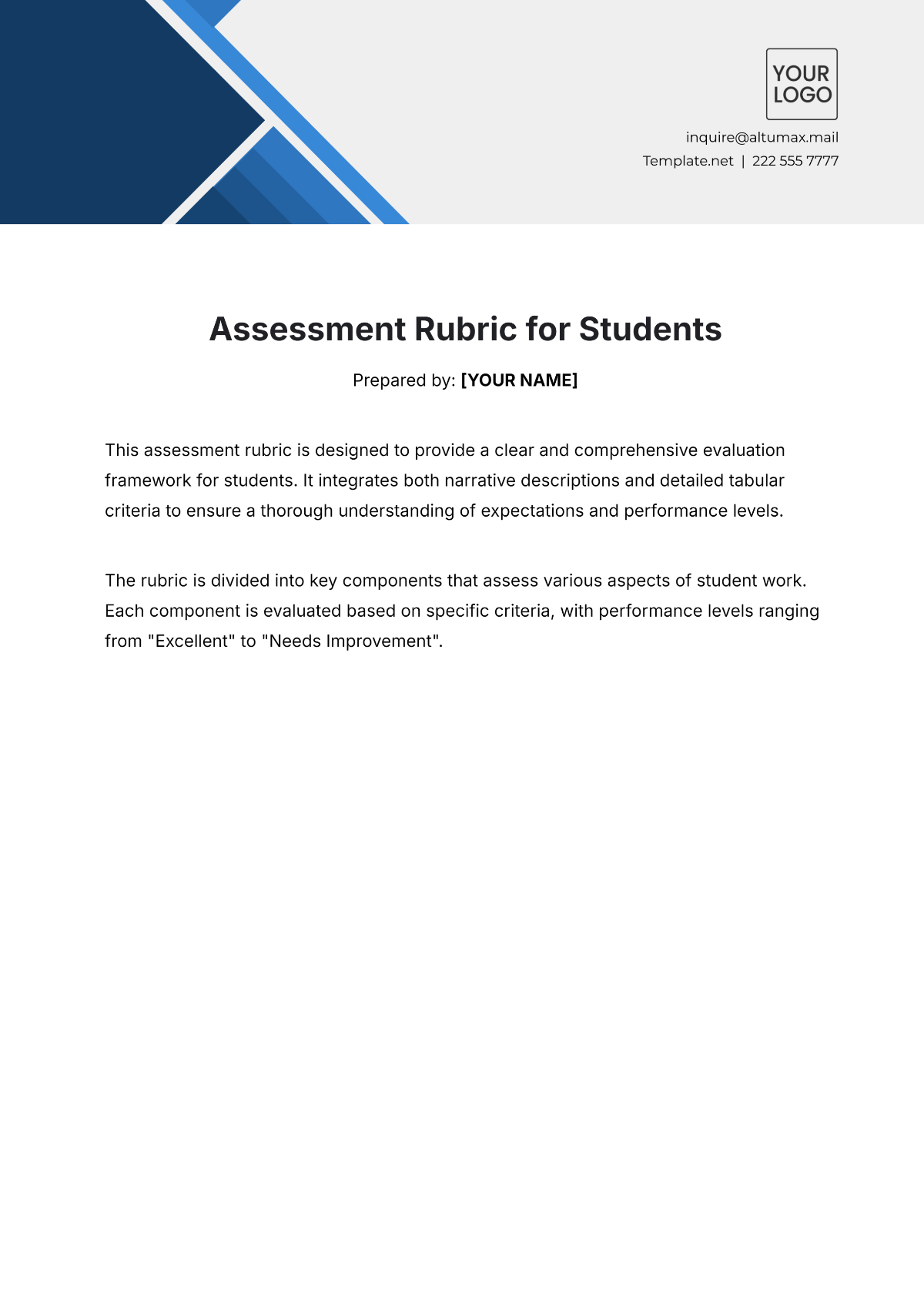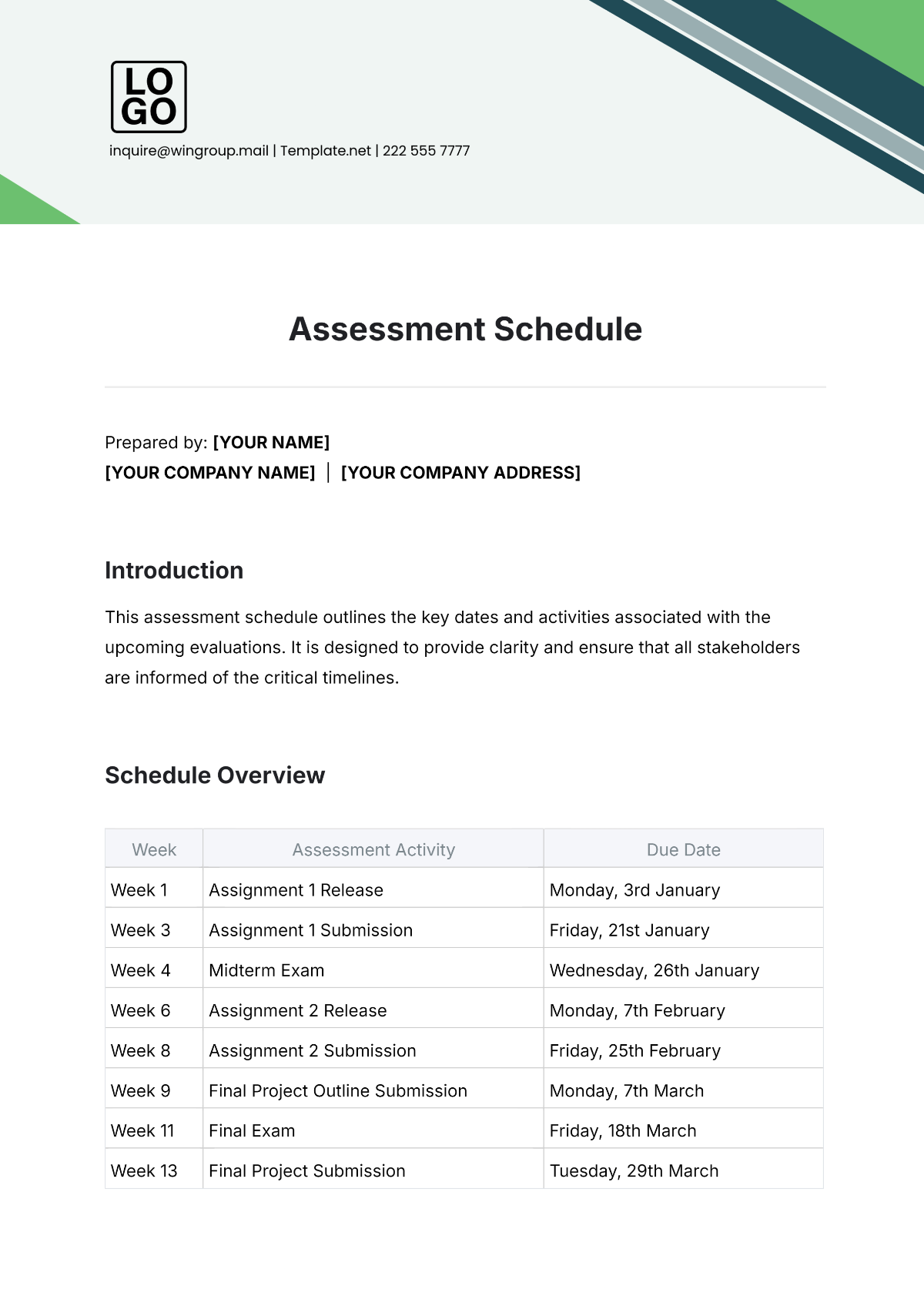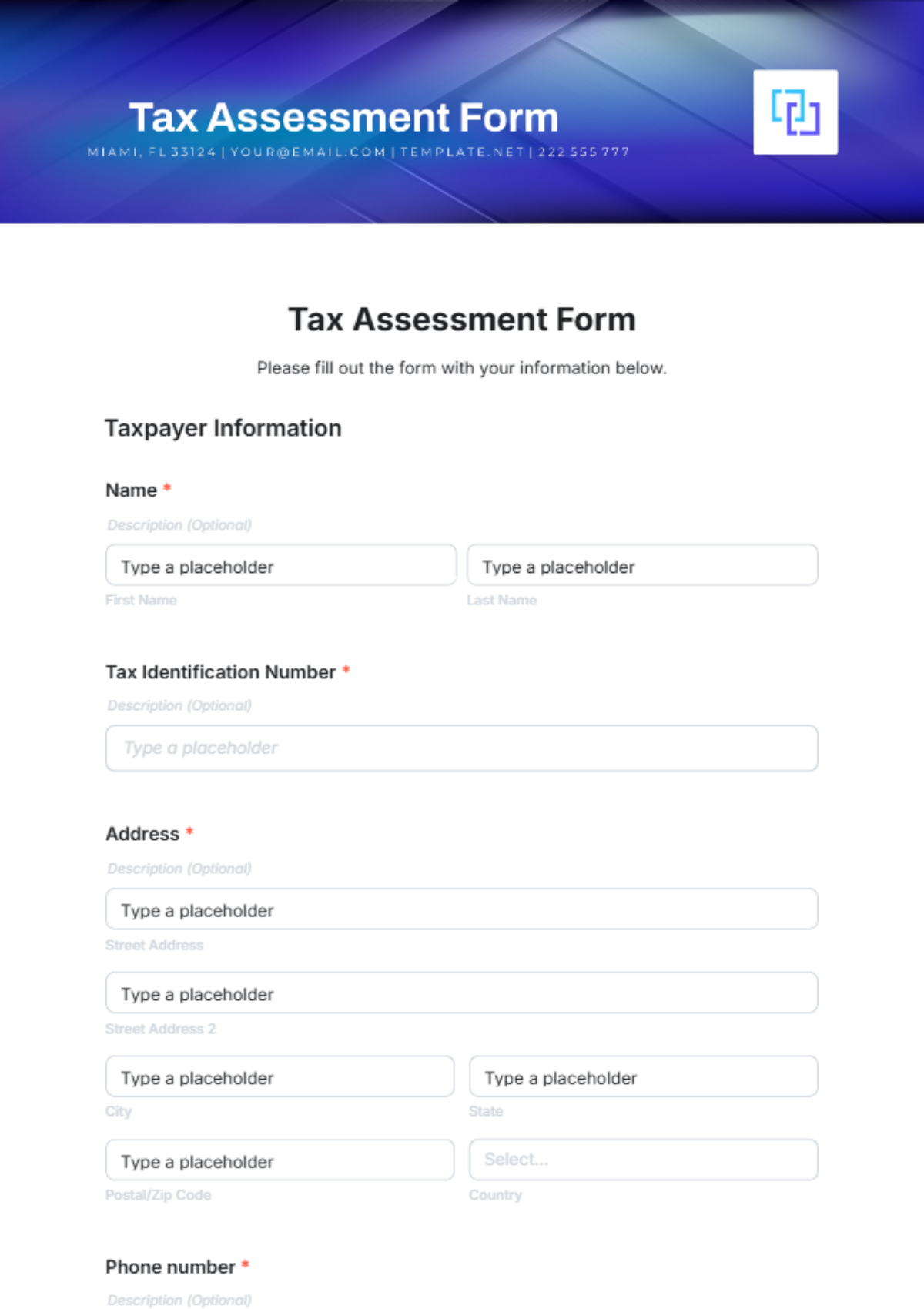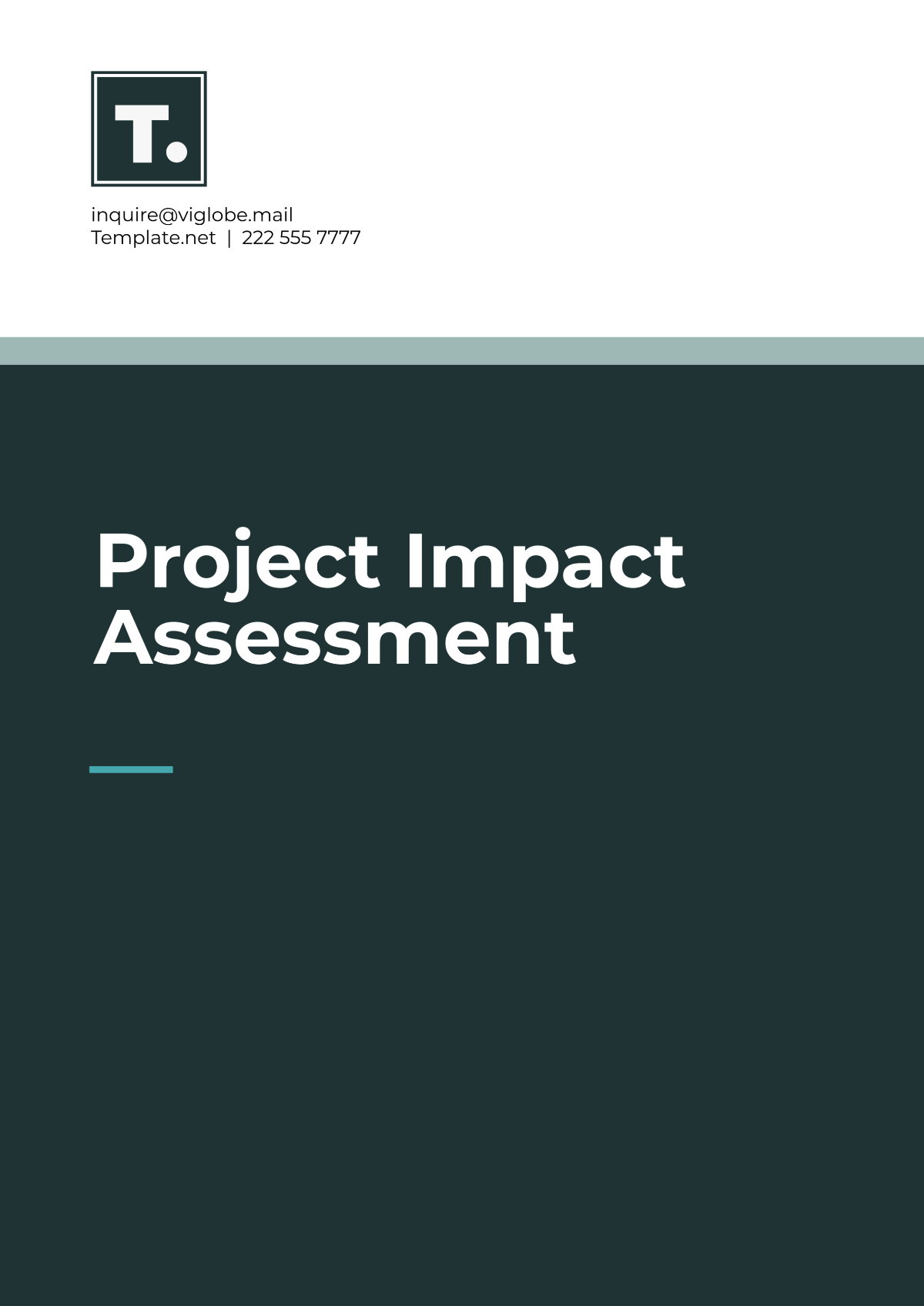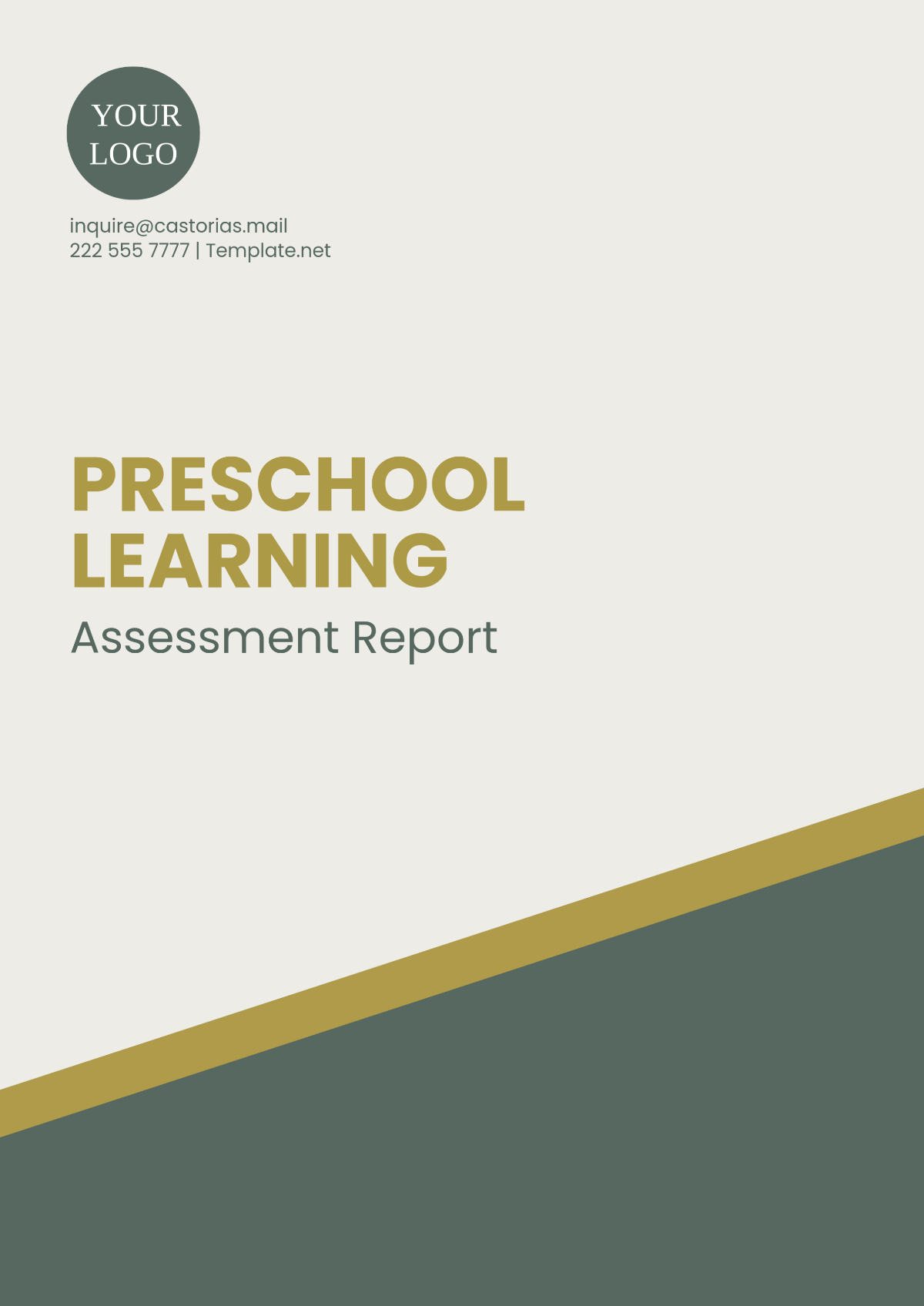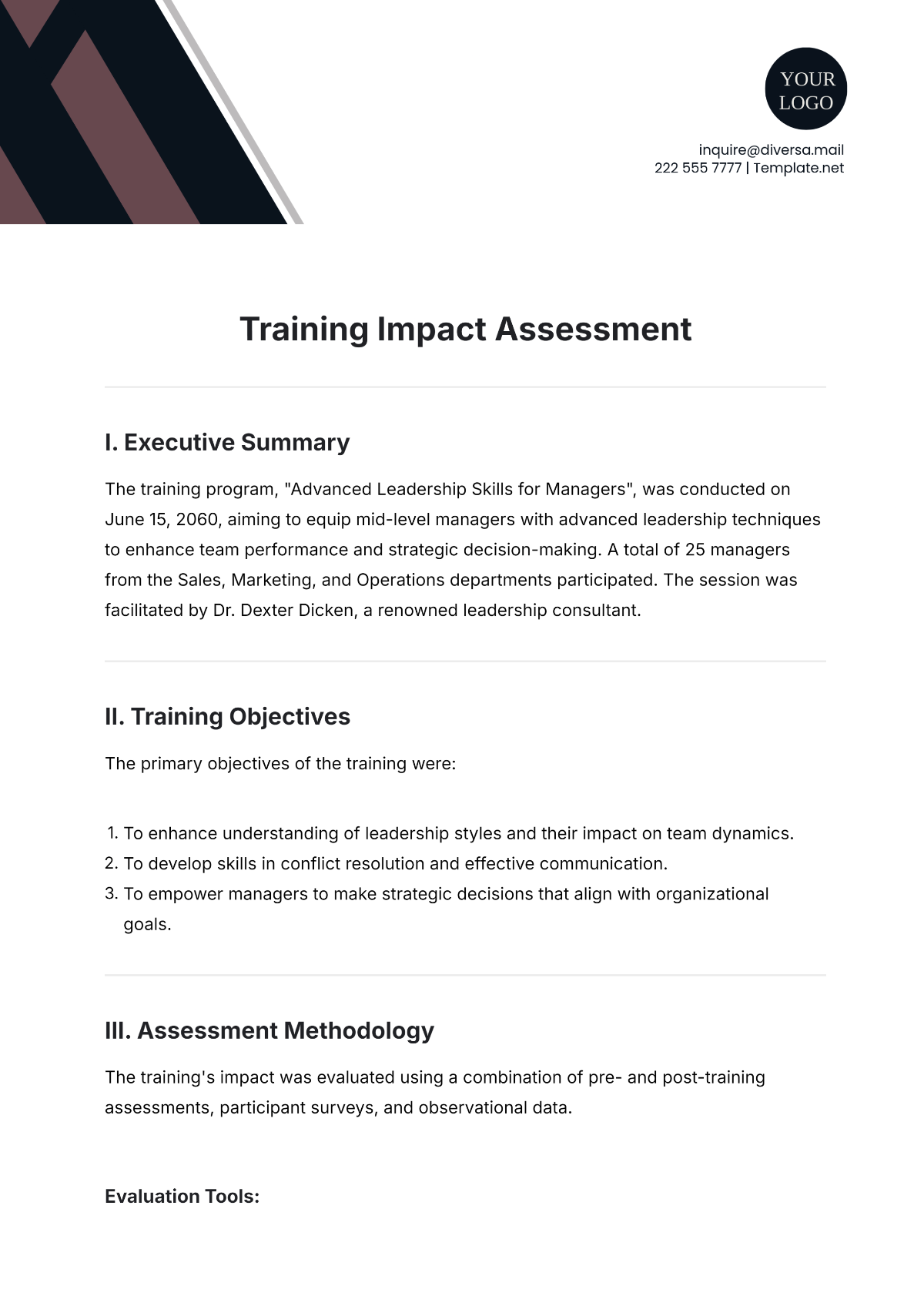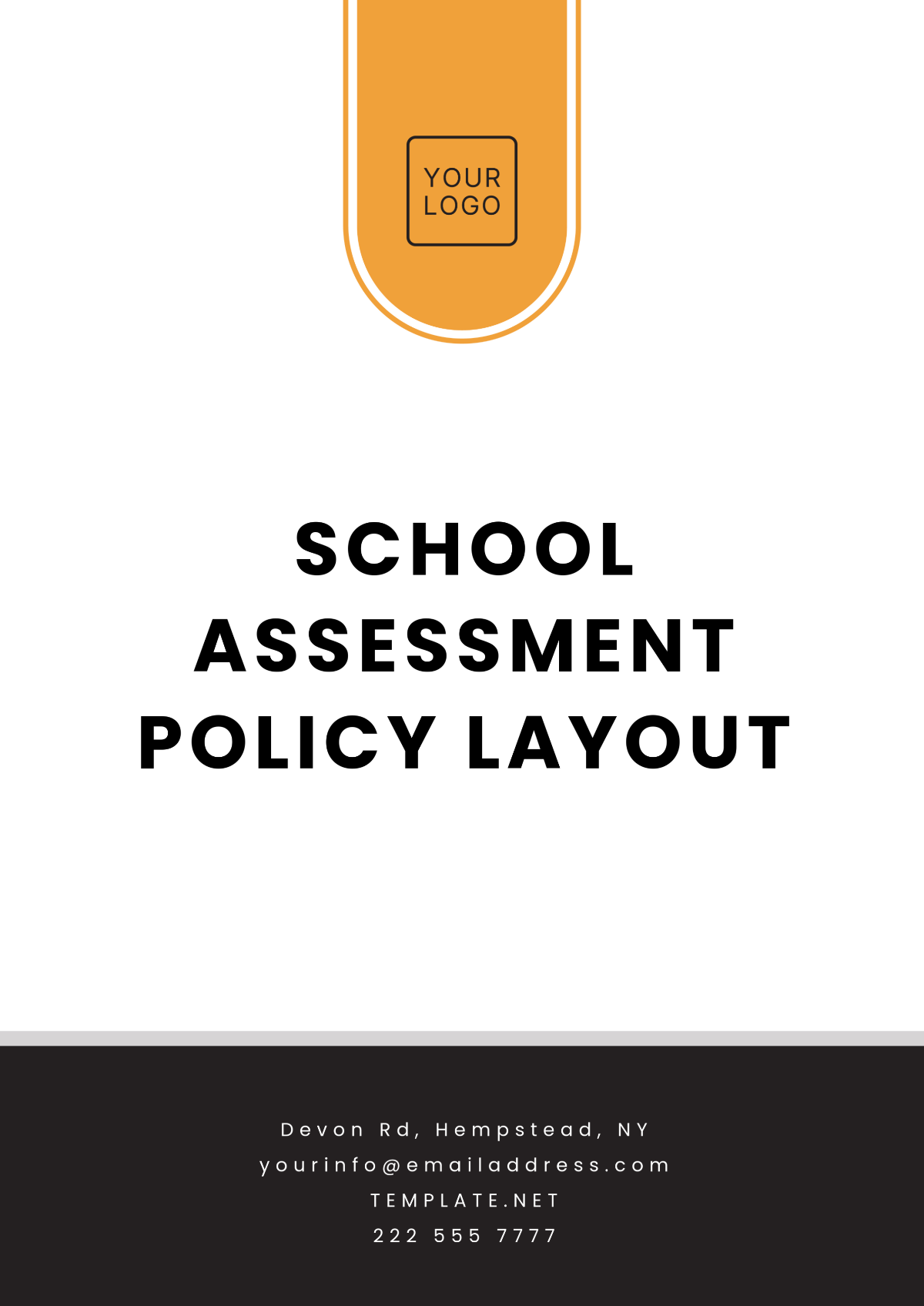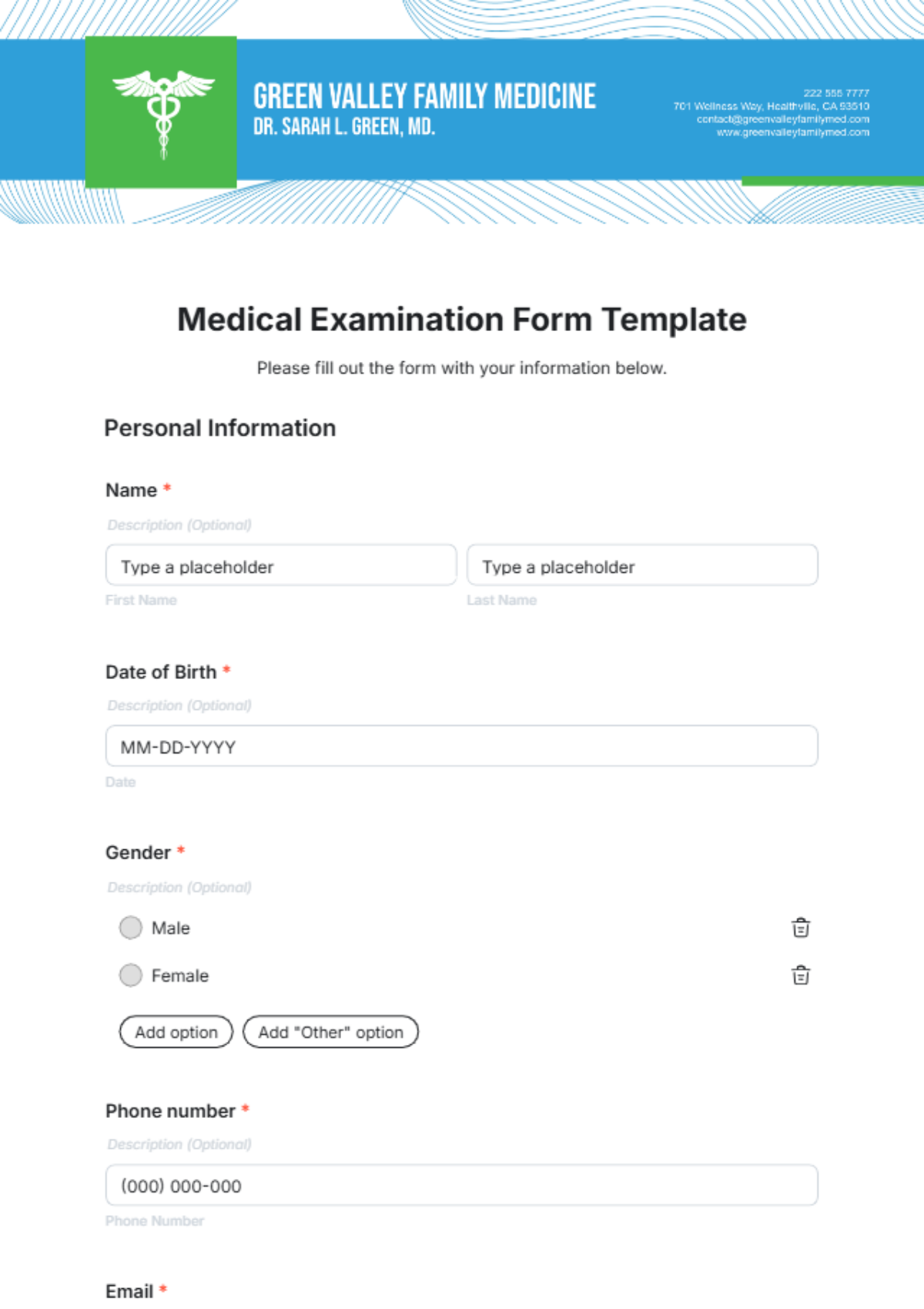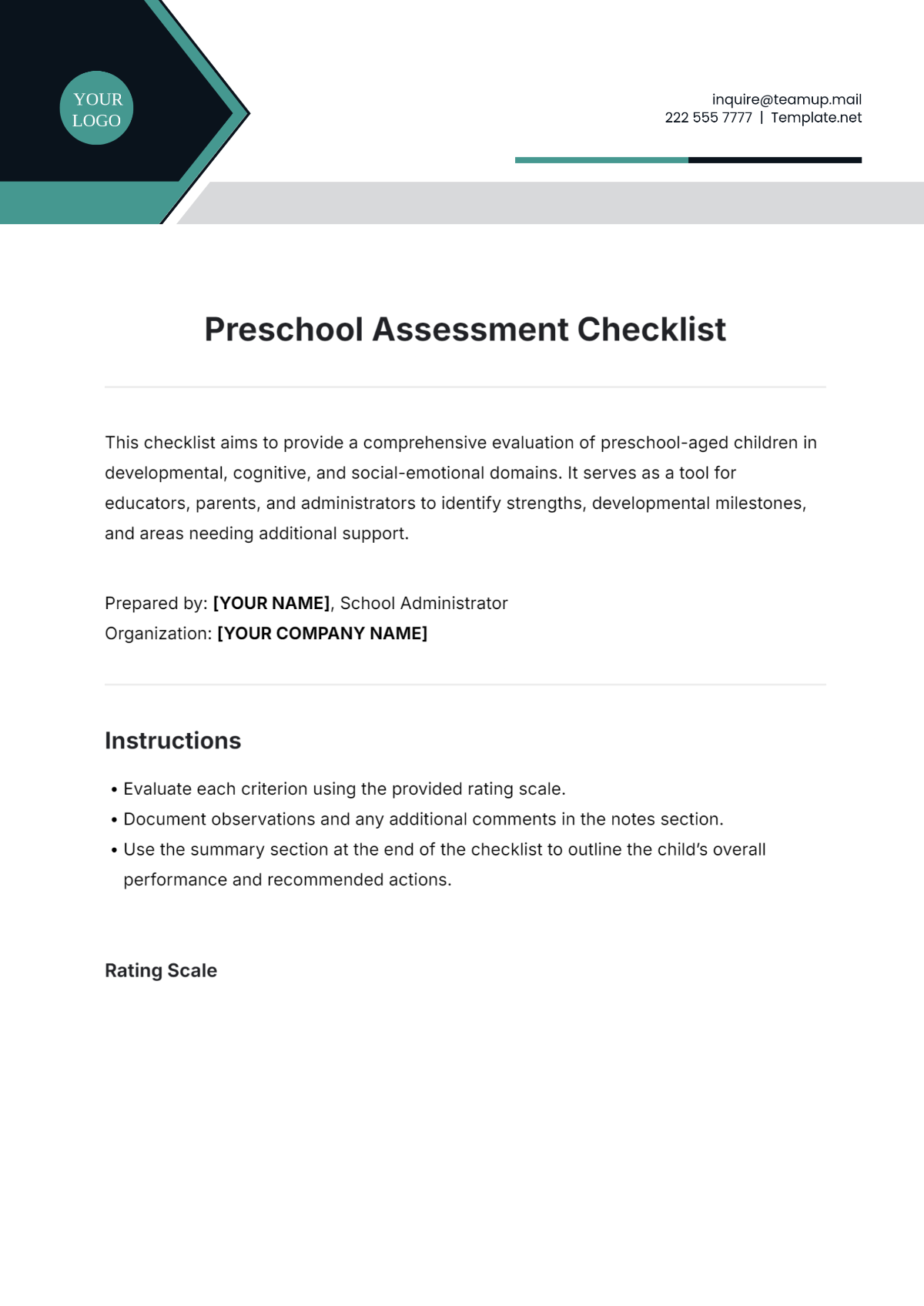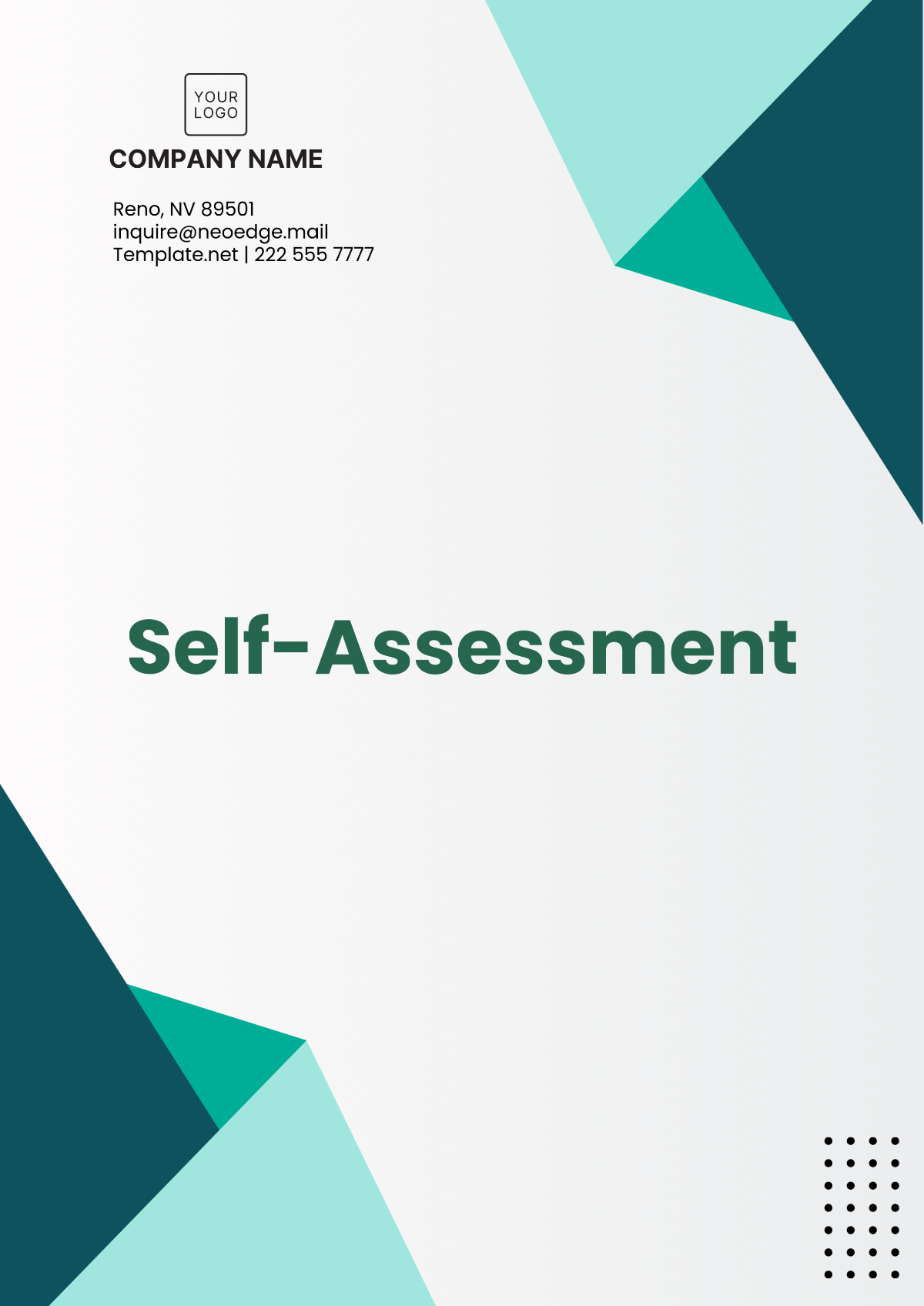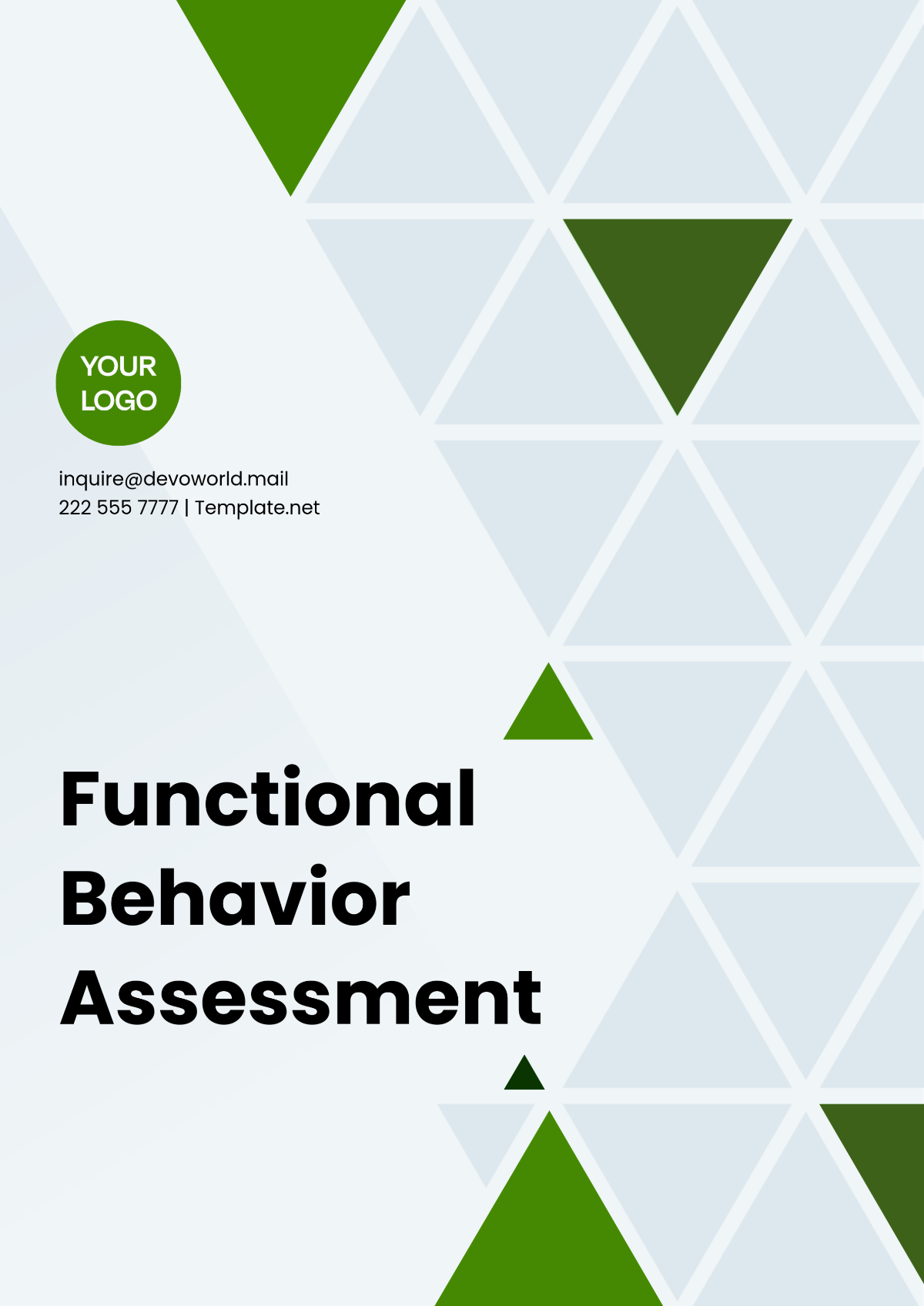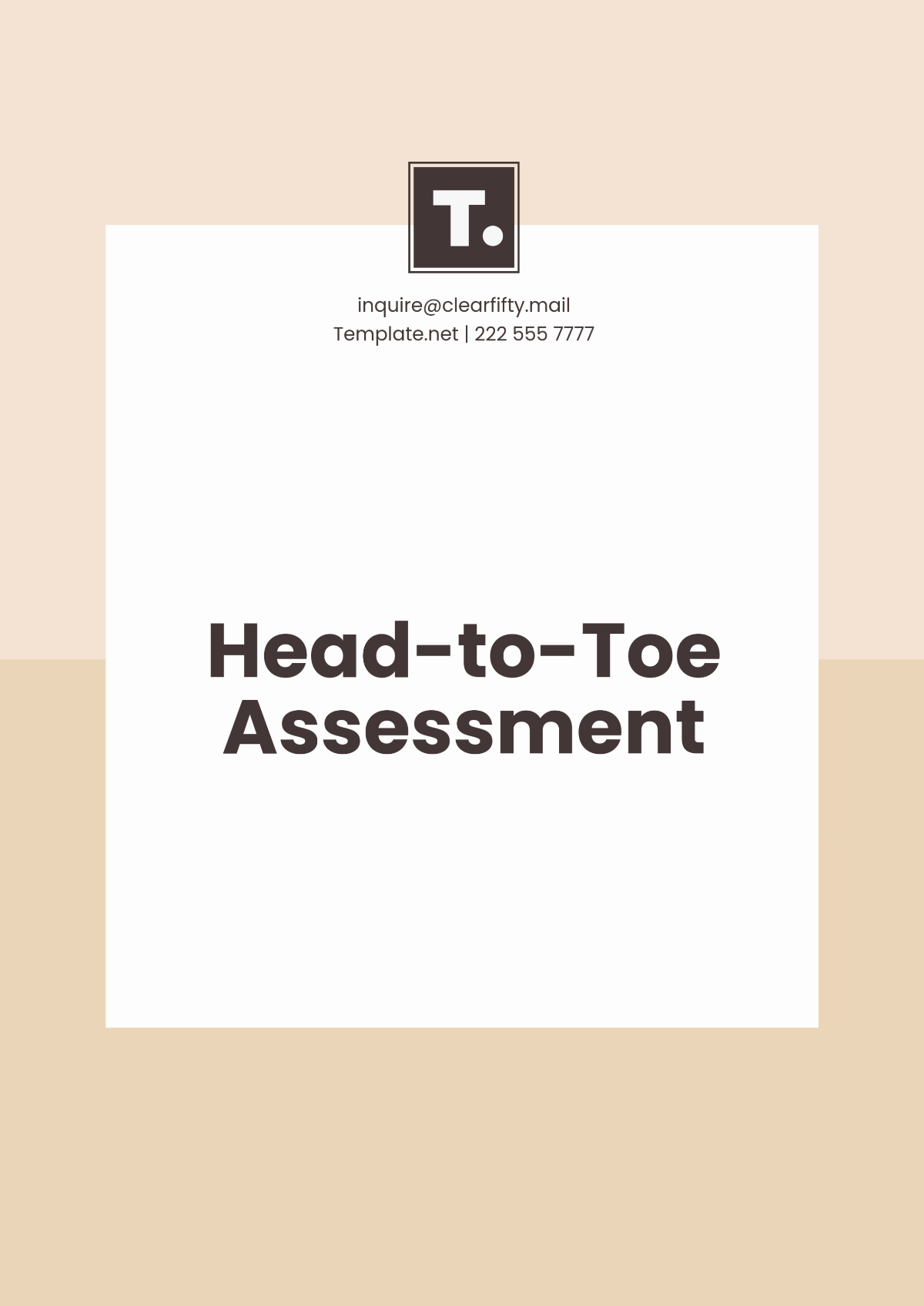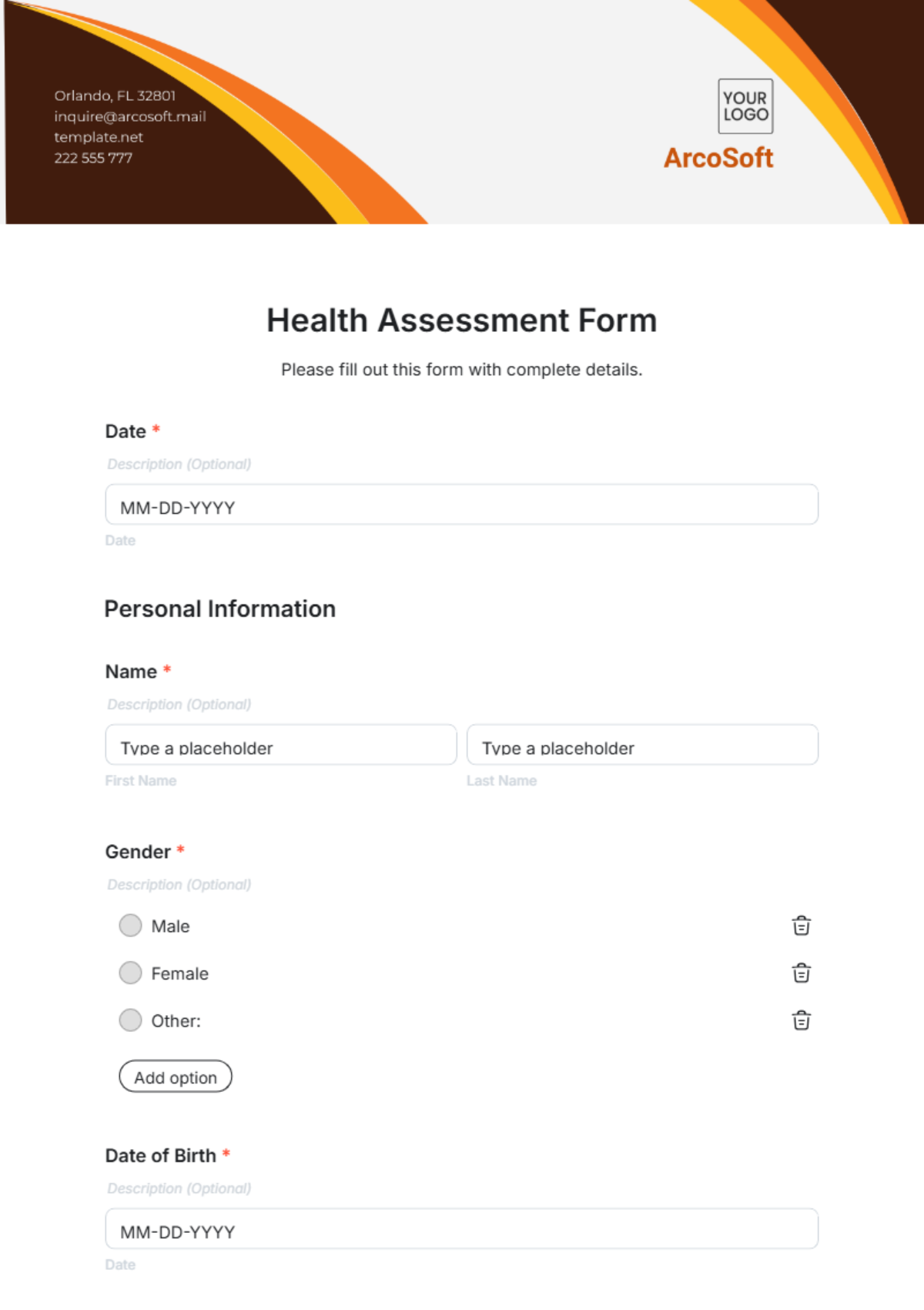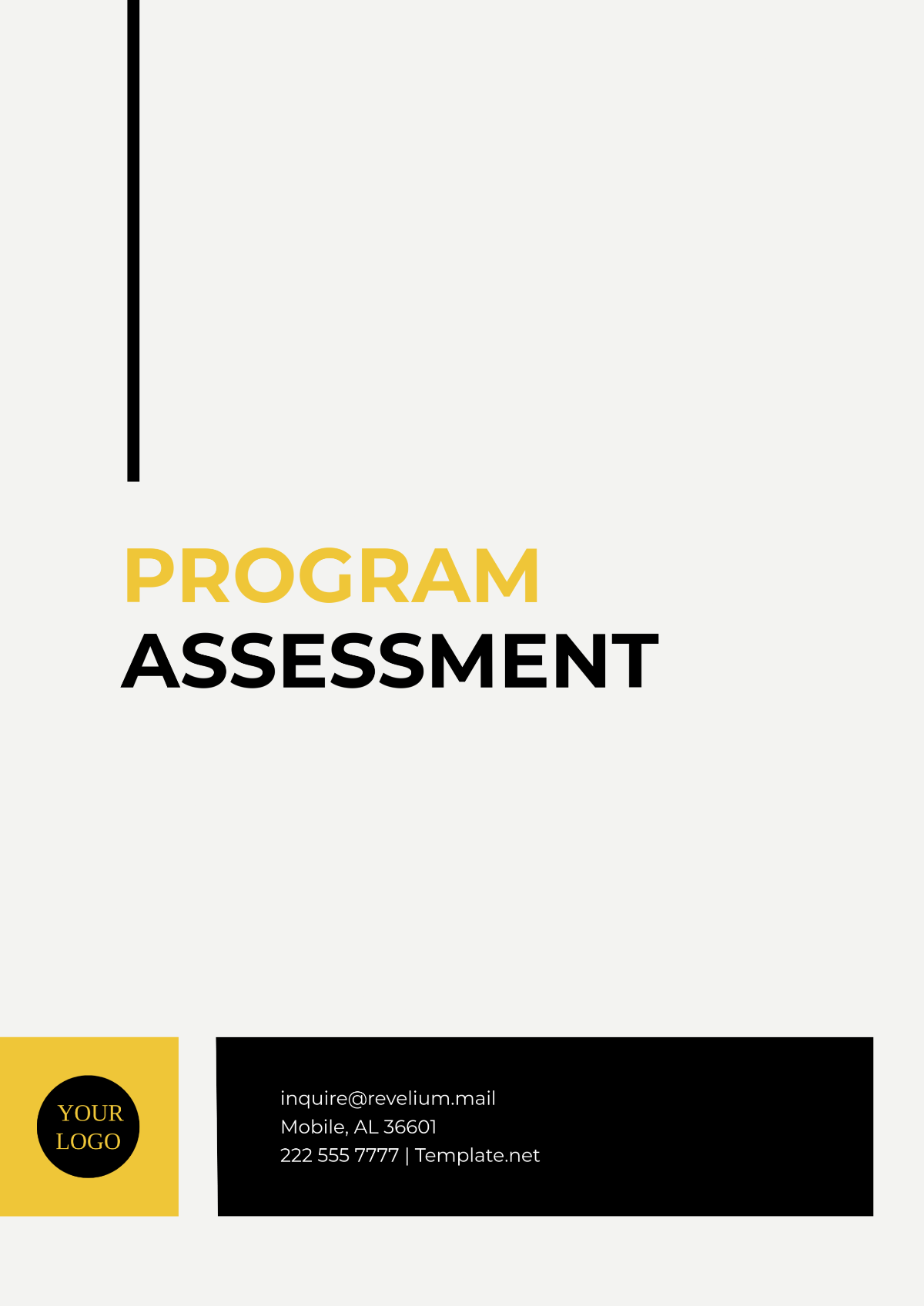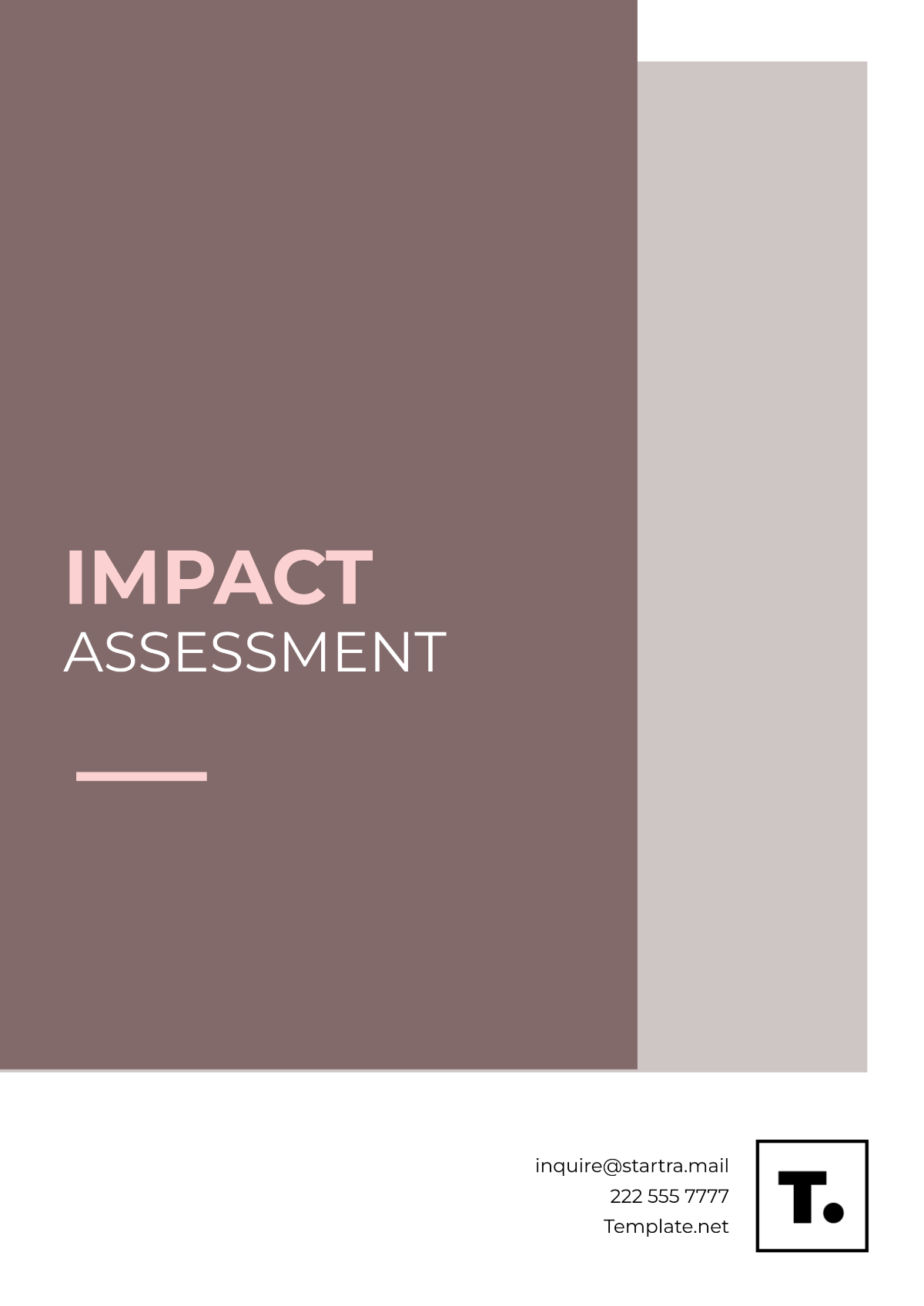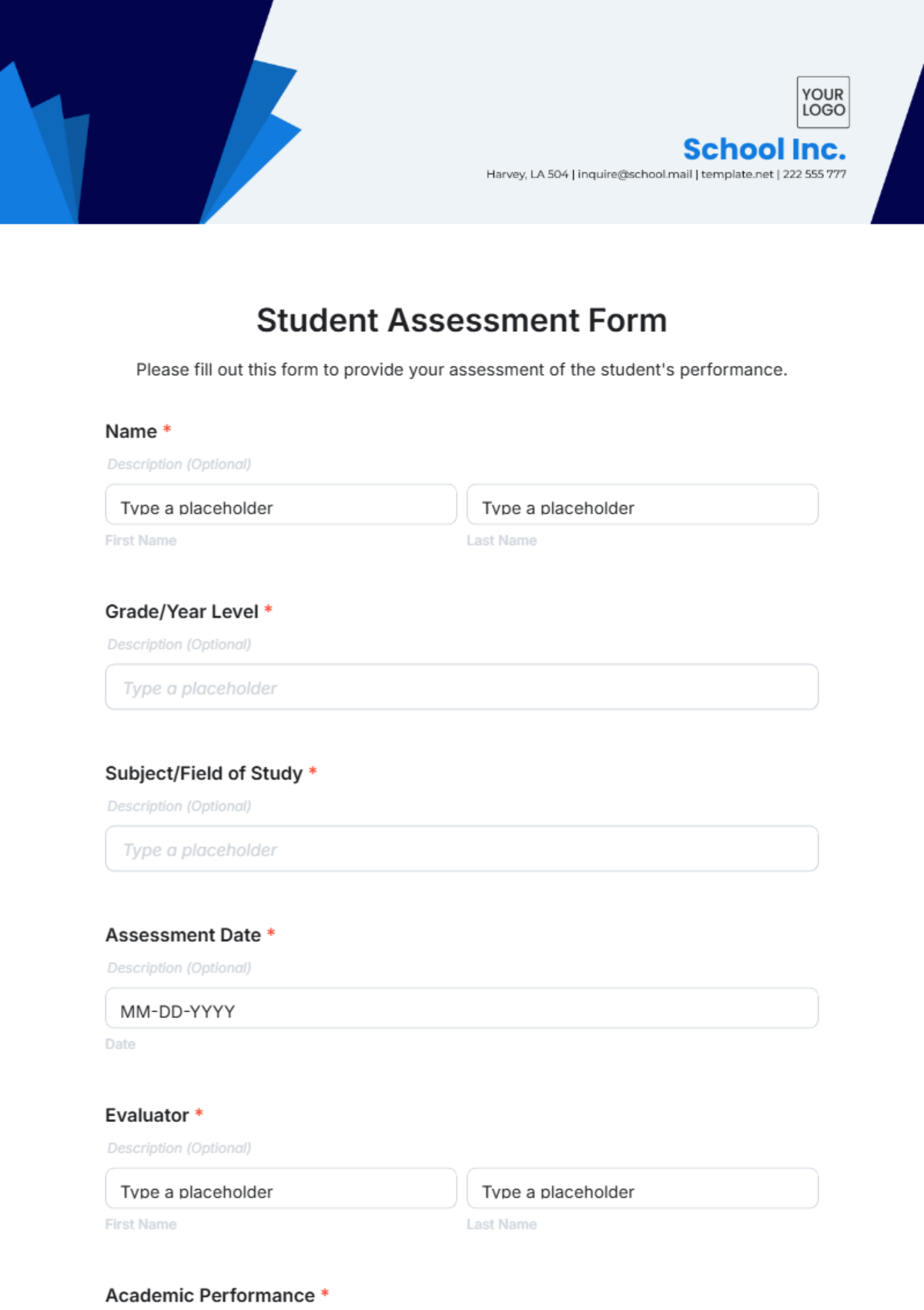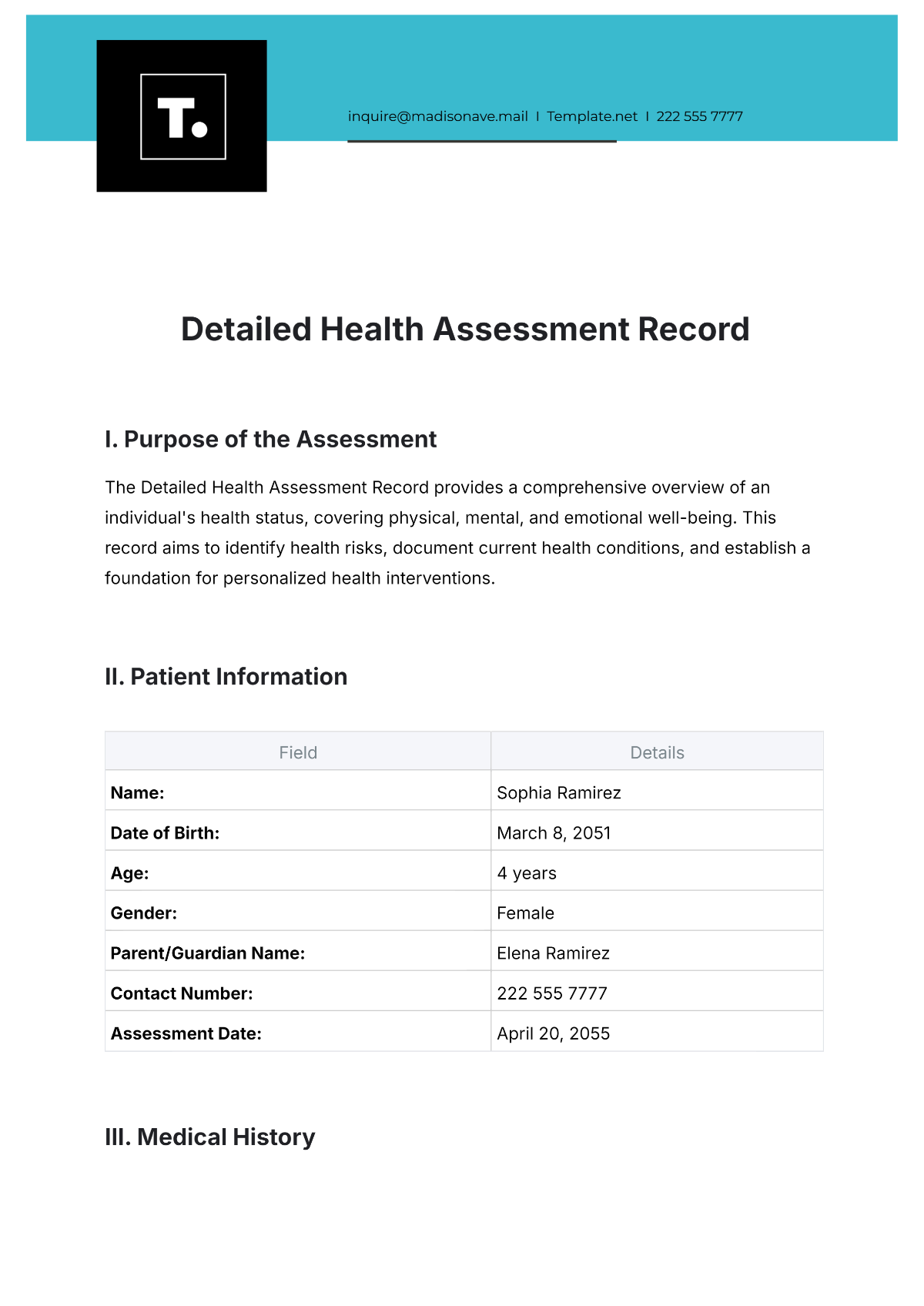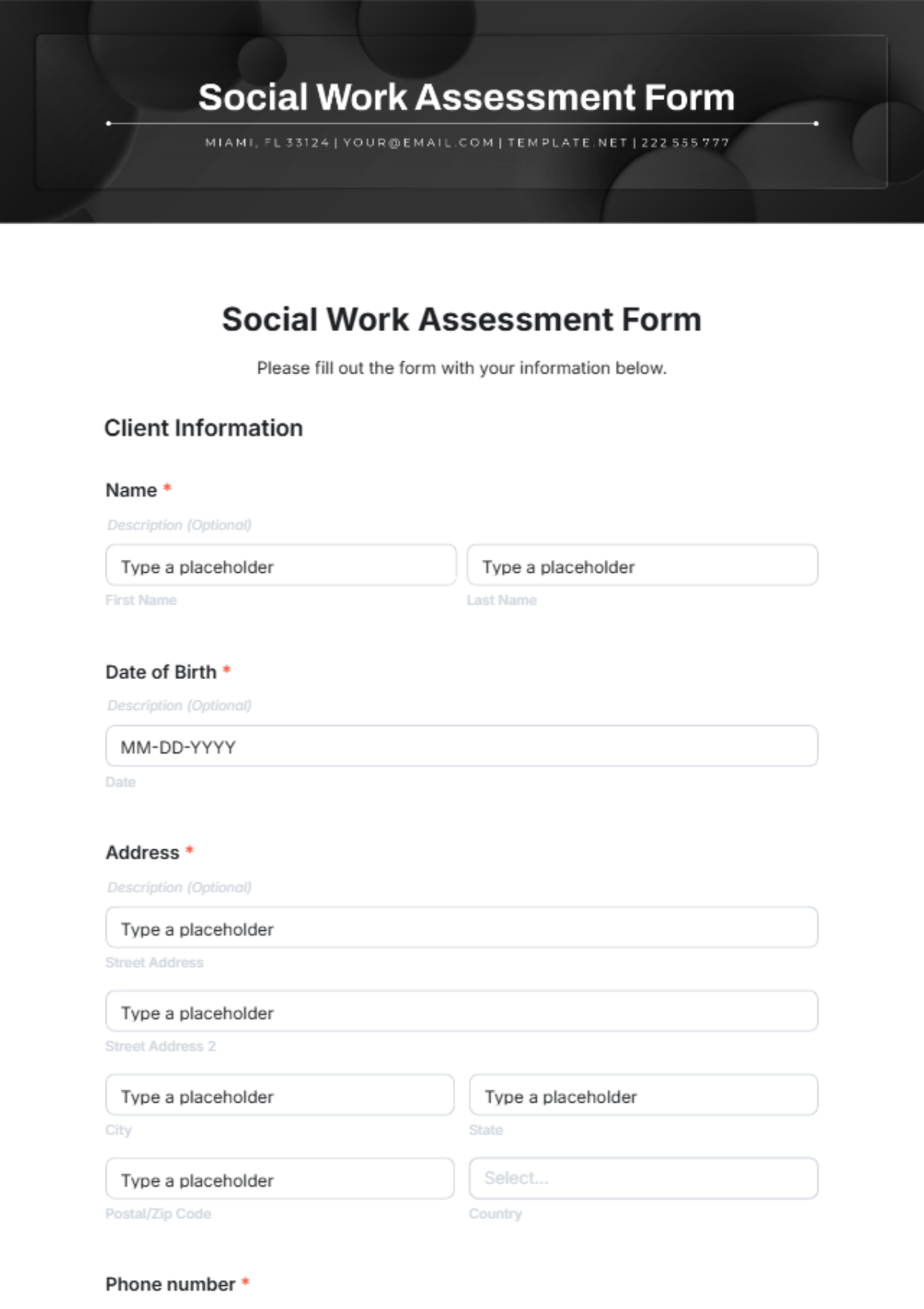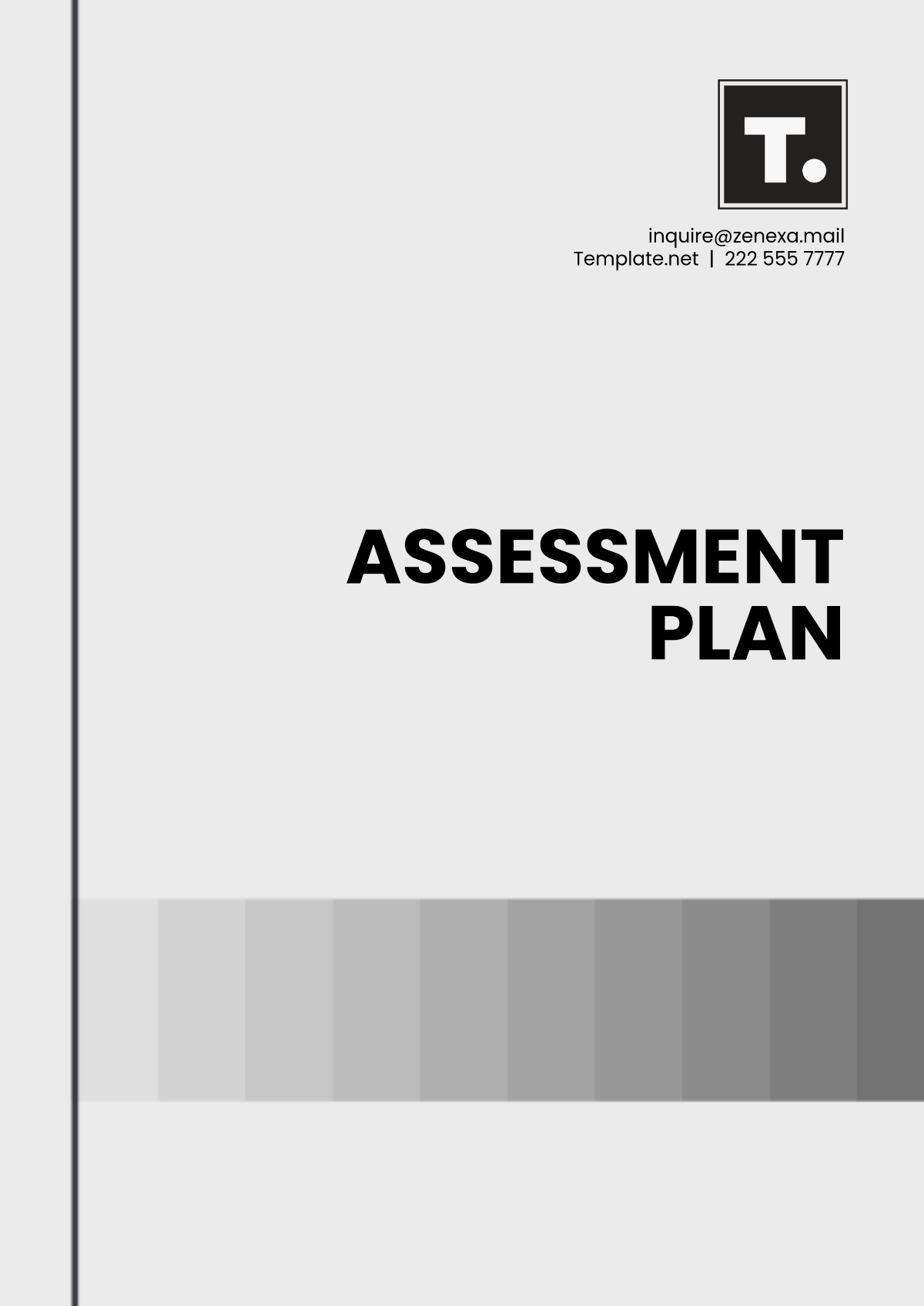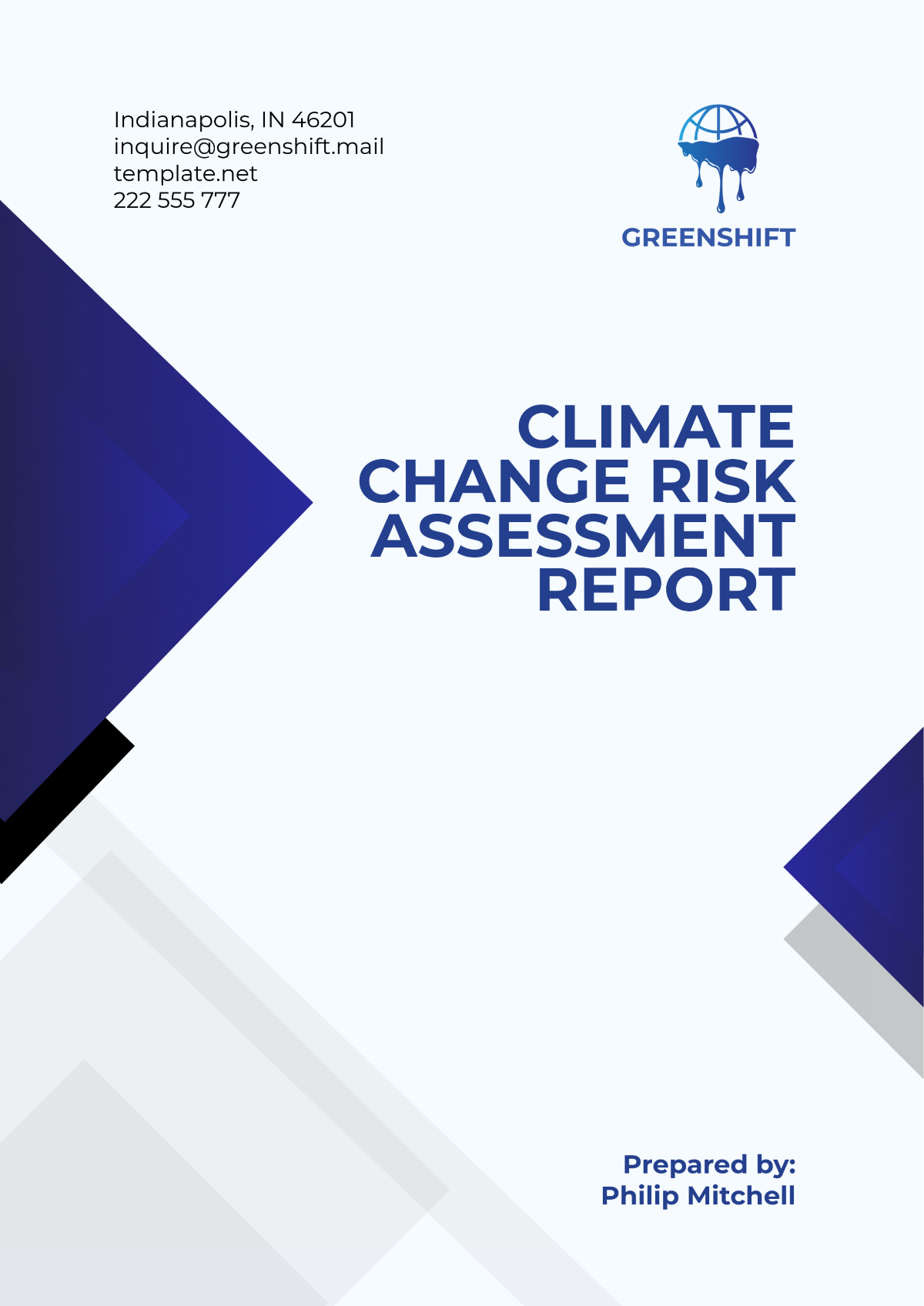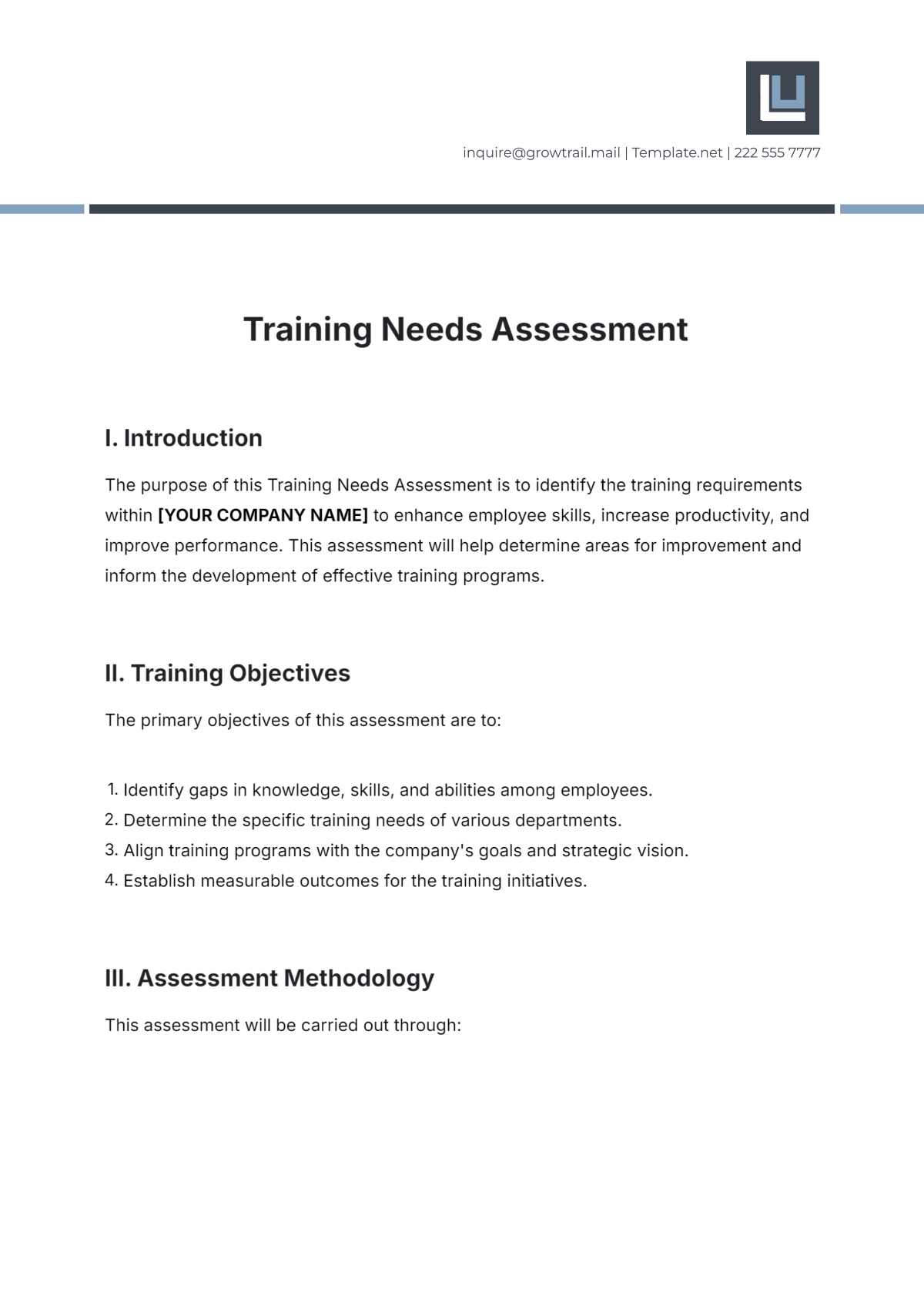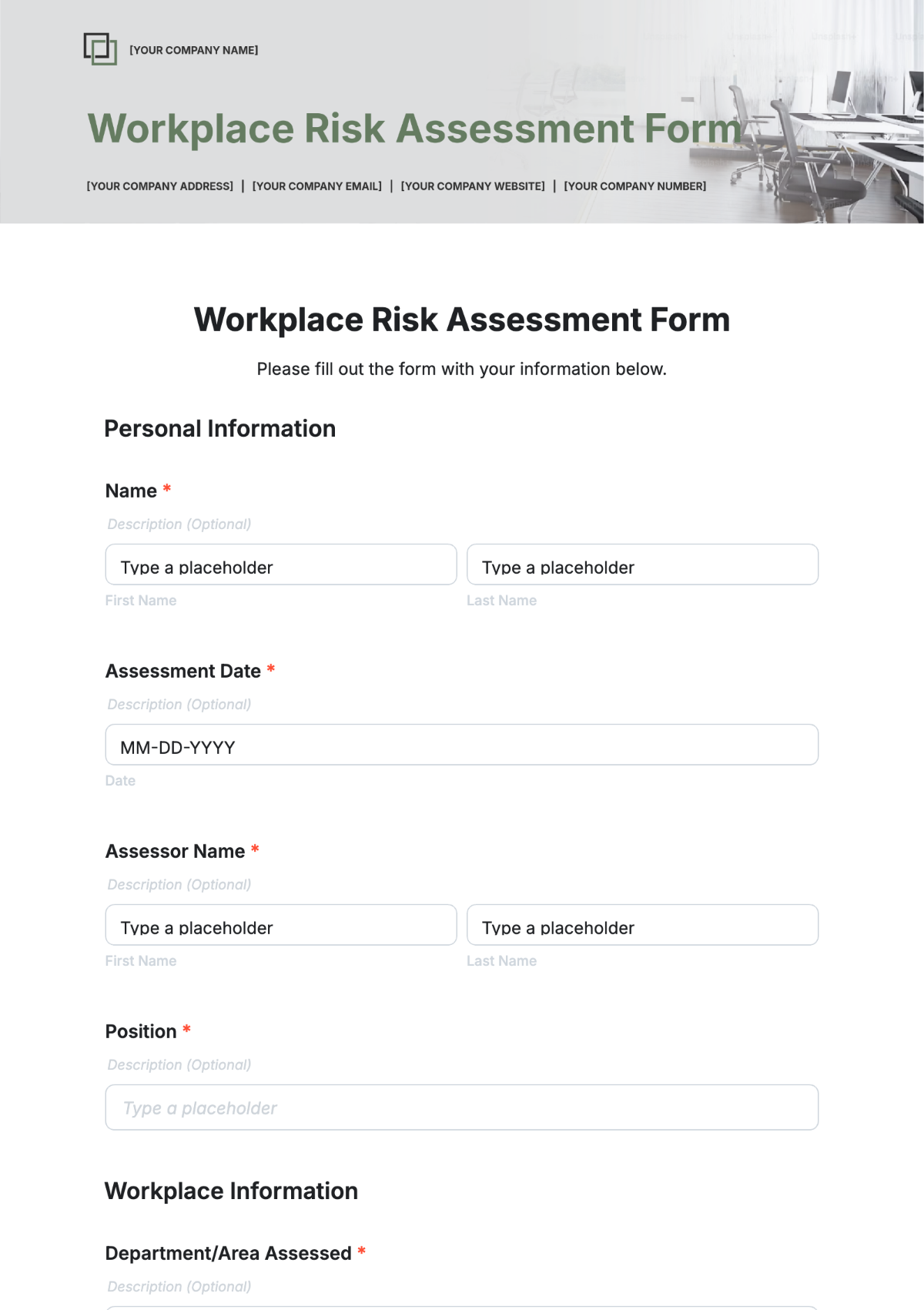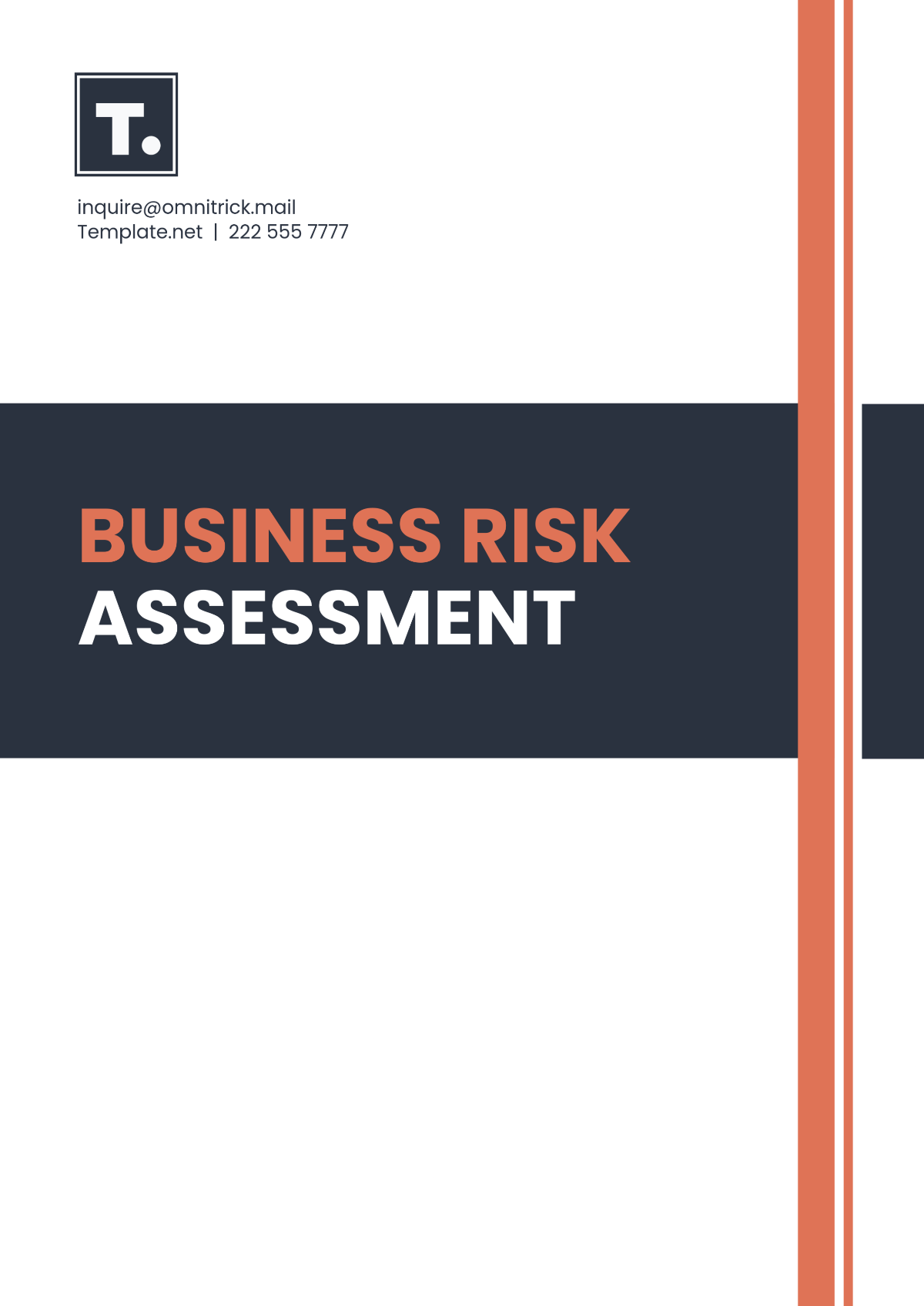Probation Period & Performance Assessment Handbook
TABLE OF CONTENTS
I. Introduction .............................................................................................................3
Purpose of the Handbook .................................................................................................3
Scope ...............................................................................................................................3
Confidentiality ..................................................................................................................3
II. Probation Period Overview ..............................................................................3
Definition of Probation Period ...........................................................................................3
Eligibility ...........................................................................................................................3
Duration ............................................................................................................................3
Objectives ........................................................................................................................3
III. Probation Period Guidelines ...........................................................................4
Notification and Documentation .......................................................................................4
Performance Expectations ...............................................................................................4
Monitoring and Feedback .................................................................................................4
Extension of Probation .....................................................................................................4
Termination during Probation ...........................................................................................4
IV. Performance Assessment ...............................................................................5
Criteria for Assessment ....................................................................................................5
Frequency of Assessments ..............................................................................................5
Assessors .........................................................................................................................6
Assessment Process ........................................................................................................6
V. Assessment Form ................................................................................................7
Employee Information: ......................................................................................................7
Performance Criteria: ........................................................................................................7
Comments: .......................................................................................................................9
Recommendation: .............................................................................................................9
VI. Performance Improvement Plans .................................................................9
Purpose ............................................................................................................................9
Creation and Documentation ............................................................................................9
Monitoring and Review ....................................................................................................11
VII. Appeals Process ..............................................................................................11
Overview .........................................................................................................................11
Steps in the Appeals Process ..........................................................................................11
VIII. Conclusion ........................................................................................................11
Acknowledgment of Receipt ............................................................................................11
Revisions to the Handbook ..............................................................................................11
Introduction
Purpose of the Handbook
This Probation Period & Performance Assessment Handbook (the "Handbook") is designed to provide guidance and information to Your Company Name employees regarding probationary periods and performance assessments. It outlines the company's expectations, processes, and procedures related to employee performance during the probationary period.
Scope
This Handbook applies to all employees of Your Company Name who are subject to a probationary period as defined by company policy.
Confidentiality
All information contained in this Handbook is considered confidential and should not be disclosed to unauthorized individuals or parties. Violation of this confidentiality may result in disciplinary action.
Probation Period Overview
Definition of Probation Period
A probationary period is a defined period during which new employees are assessed for their suitability for continued employment with Your Company Name. This period is designed to evaluate an employee's performance, adaptability, and alignment with the company's values and culture.
Eligibility
Probationary periods are typically applicable to new employees and may also be used in certain cases for employees undergoing significant role changes or transfers.
Duration
The duration of a probationary period will be specified in the employment contract or offer letter and may vary depending on the position and circumstances. A typical probationary period lasts [insert duration].
Objectives
The primary objectives of the probationary period are as follows:
To assess the employee's job performance.
To evaluate the employee's fit within the company culture.
To identify areas for improvement.
To make an informed decision regarding the employee's continued employment.
Probation Period Guidelines
Notification and Documentation
Your Company Name will formally notify employees of their probationary status in writing. This notification will include the start and end dates of the probationary period. All communication related to the probationary period will be documented for reference.
Performance Expectations
During the probationary period, employees are expected to meet specific performance criteria and job expectations. These expectations will be outlined in the employee's job description and any additional performance-related documents.
Monitoring and Feedback
Supervisors and managers will provide regular feedback to employees throughout the probationary period. Feedback sessions should be documented, and employees are encouraged to seek clarification or guidance if needed.
Extension of Probation
In some cases, Your Company Name may extend an employee's probationary period. The decision to extend will be based on the employee's performance and any specific circumstances that may warrant additional evaluation time.
Termination during Probation
If it is determined that an employee's performance does not meet the required standards during the probationary period, Your Company Name reserves the right to terminate their employment with notice as outlined in the employment contract.
Performance Assessment
Criteria for Assessment
Performance assessments are based on specific criteria that help evaluate an employee's contributions and growth within the organization. These criteria are designed to be fair, measurable, and aligned with our company's goals and values. The following are some key factors considered during performance assessments:
Job Performance: This includes an evaluation of how well an employee fulfills their job responsibilities, meets deadlines, and maintains quality standards.
Adaptability: Assessing an employee's ability to adapt to changes, learn new skills, and contribute positively to evolving work environments.
Team Collaboration: Evaluating an employee's ability to work effectively within a team, share knowledge, and foster a collaborative atmosphere.
Communication Skills: Assessing an employee's communication skills, including their ability to articulate ideas, provide feedback, and listen actively.
Leadership and Initiative: Recognizing leadership qualities and an employee's willingness to take initiative, solve problems, and drive innovation.
Attendance and Punctuality: Evaluating an employee's attendance record and punctuality to work and meetings.
Professional Development: Recognizing efforts made by employees to enhance their skills, knowledge, and professional growth.
Frequency of Assessments
It is important to maintain a regular schedule of performance assessments to provide employees with timely feedback and opportunities for improvement. At our organization, performance assessments are conducted as follows:
Annual Assessments: A comprehensive performance assessment is conducted annually for all employees. This provides an opportunity to evaluate performance over the course of a year.
Probationary Assessments: During the probationary period, employees undergo assessments at the three-month and six-month marks to ensure they are meeting expectations and progressing in their roles.
Special Assessments: Special assessments may be conducted in the event of significant changes in job roles, promotions, or other circumstances that warrant additional feedback and evaluation.
Assessors
Assessors play a critical role in the performance assessment process and may include:
Direct Supervisors: In most cases, an employee's direct supervisor is responsible for conducting their performance assessment. Supervisors are well-placed to evaluate day-to-day performance and provide constructive feedback.
Peer Assessors: In some cases, peer assessments may be utilized to gain insights into teamwork and collaboration. Peer feedback can provide a well-rounded perspective on an employee's contributions.
Management Team: In cases of senior-level employees or when a neutral perspective is needed, members of the management team may conduct assessments.
Self-Assessment: Employees may also have the opportunity to provide a self-assessment as part of the performance evaluation process. This allows employees to reflect on their own performance and set goals for improvement.
Assessment Process
The assessment process includes the following key steps:
Setting Clear Objectives: At the beginning of the assessment period, the employee and their supervisor collaboratively set clear performance objectives and expectations.
Gathering Feedback: The assessor collects feedback from various sources, including the employee, peers, and other relevant parties.
Performance Evaluation: The assessor evaluates the employee's performance based on the established criteria.
Feedback and Discussion: The assessor meets with the employee to provide feedback, discuss strengths and areas for improvement, and set performance goals.
Documentation: A written record of the assessment, including feedback and goals, is documented and shared with the employee.
Follow-Up and Monitoring: Throughout the assessment period, supervisors provide ongoing support and monitor progress toward goals.
Review and Conclusion: At the end of the assessment period, a final review is conducted, and the employee's performance is assessed against the initial objectives.
Assessment Form
Please fill out the following assessment form for employees undergoing a probationary period review. Ensure that all fields are completed accurately and provide specific feedback and ratings as required.
Employee Information:
Employee's Name: Edythe Grimes
Department: Accounting
Position: Junior Accountant
Supervisor's Name: [Your Name]
Review Period: August 1 to 31, 2050
Performance Criteria:
Please assess the employee's performance based on the following criteria, using the scale provided:
1 | Unsatisfactory | The employee's performance significantly falls short of expectations |
2 | Needs Improvement | The employee's performance requires improvement to meet expectations |
3 | Satisfactory | The employee's performance meets expectations |
4 | Exceeds Expectations | The employee's performance consistently exceeds expectations |
5 | Outstanding | The employee's performance consistently surpasses expectations and demonstrates exceptional contributions |
Criteria | Rating (1 - 5) | Comments |
Job Knowledge and Skills | 5 | Has consistently demonstrated an exceptional depth of job knowledge and a mastery of essential accounting skills. |
Quality of Work | 5 | Consistently meets and often exceeds our high standards. Their commitment to delivering accurate and top-notch work has earned them the perfect score. |
Communication and Collaboration | 5 | Excels in both communication and collaboration, maintaining open and effective lines of communication with team members and stakeholders. |
Adaptability and Initiative | 5 | Has consistently displayed remarkable adaptability and a proactive approach to their work. Their ability to adapt to changing circumstances and take initiative in process improvements has earned them a perfect score. |
Attendance and Punctuality | 5 | Has maintained a perfect record of attendance and punctuality throughout the assessment period, further exemplifying their commitment to their role. |
Teamwork and Interpersonal Skills | 5 | Consistently fosters collaboration and maintains positive working relationships with colleagues. |
Problem Solving and Decision Making | 5 | Consistently demonstrates exceptional problem-solving abilities and sound decision-making skills. |
Overall Performance | 5 | Taking into consideration the perfect scores in all evaluated criteria, it is evident that Edythe has delivered outstanding performance in all aspects of their role. |
Comments:
Edythe Grimes has not only met but consistently exceeded our expectations during their probationary period as a Junior Accountant. Their exemplary performance, dedication, and proactive approach to their work have had a positive impact on our team and financial operations.
Recommendation:
Continue Employment: Based on Edythe Grimes' outstanding performance, I strongly recommend that they be confirmed in their role as a Junior Accountant without any reservations. Their expertise, work ethic, and ability to contribute effectively to our organization make them an invaluable asset to our team.
I look forward to witnessing Edythe Grimes' continued growth and contributions to our organization in the future.
Supervisor's Signature: [Your Name] Date: September 1, 2050
Employee Acknowledgment:
I have reviewed this assessment form and the comments provided. I understand the recommendations and the outcome of my probationary period review.
Employee's Signature: Date: September 1, 2050
Please return this completed form to the HR department by [Submission Deadline].
Performance Improvement Plans
Purpose
Performance improvement plans (PIPs) may be implemented when an employee's performance during the probationary period is deemed unsatisfactory. The purpose of a PIP is to provide clear expectations for improvement and a structured approach to address performance issues.
Creation and Documentation
The creation and documentation of a PIP will involve:
Identification of Performance Issues: When performance issues arise, the employee's supervisor or manager identifies the specific areas of concern and initiates the PIP process.
Discussion and Feedback: The supervisor meets with the employee to provide constructive feedback, clearly outlining the performance issues and expectations.
Development of PIP: Together, the supervisor and employee create a Performance Improvement Plan (PIP). The PIP includes clear and measurable objectives, timelines, and a plan of action to address the identified performance issues.
Approval and Signatures: Both the supervisor and employee review, discuss, and sign the PIP to indicate their commitment to the improvement plan.
Timelines: The PIP typically outlines specific timelines for improvement, which may range from 30 to 90 days, depending on the complexity of the issues.
Regular Check-Ins: The supervisor schedules regular check-in meetings with the employee to monitor progress, provide guidance, and offer support throughout the PIP period.
Documentation: All PIP-related discussions, updates, and feedback are documented and maintained in the employee's personnel file.
Completion and Evaluation: At the end of the PIP period, the supervisor and employee assess the progress made. If objectives are met, the PIP is considered successfully completed.
Next Steps: Depending on the outcome, further actions may be taken, such as continuing support, extending the PIP, or considering other appropriate measures, including disciplinary actions if necessary.
Continuous Improvement: The organization uses PIP data to identify trends, areas for training, or process improvements to prevent recurring performance issues.
This process ensures a structured and documented approach to address and improve employee performance effectively.
Monitoring and Review
Progress under the PIP will be regularly monitored and reviewed by the HR Manager.
Appeals Process
Overview
Employees who disagree with the outcome of their probationary period assessment or the implementation of a PIP may have the option to appeal the decision.
Steps in the Appeals Process
The appeals process consists of the following steps:
Request for Appeal
Review by Appellate Authority
Appeal Hearing
Appeal Outcome
Conclusion
Acknowledgment of Receipt
I, [Your Name], acknowledge that I have received and read the Probation Period & Performance Assessment Handbook of [Your Company Name]. I understand its contents and agree to comply with the policies and procedures outlined herein.
Employee's Name: Edythe Grimes
Signature: __________________________
Date: September 1, 2050
Revisions to the Handbook
[Your Company Name] reserves the right to revise this Handbook as necessary. Employees will be notified of any updates or changes to the handbook.
